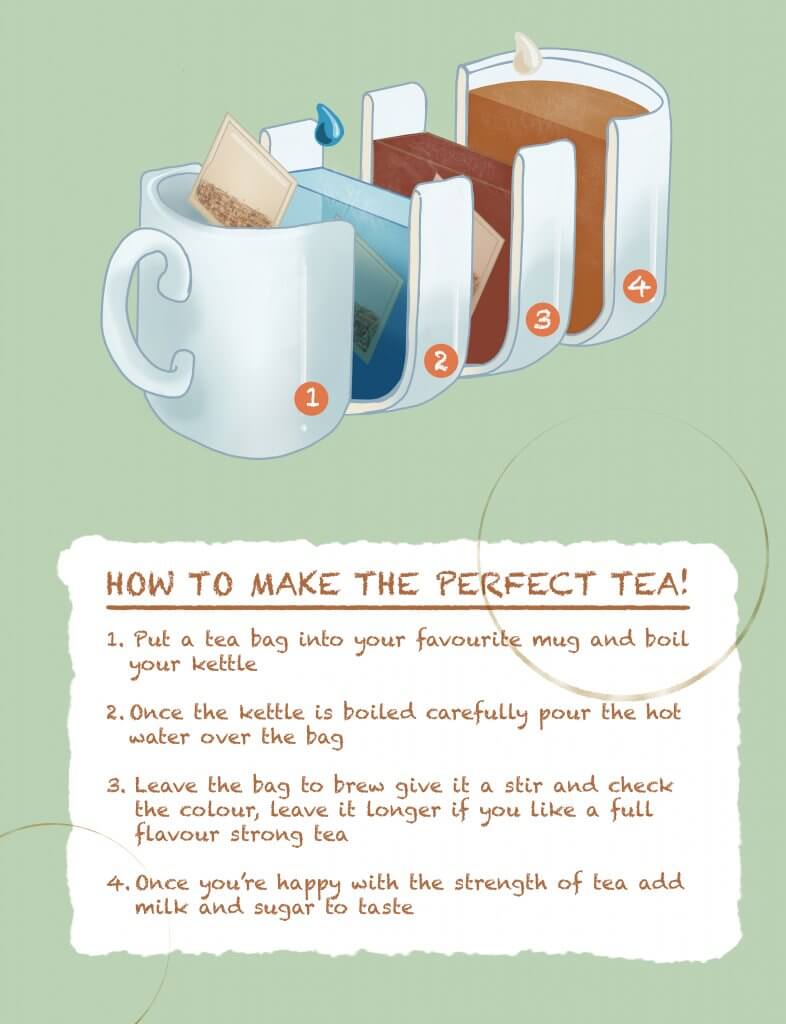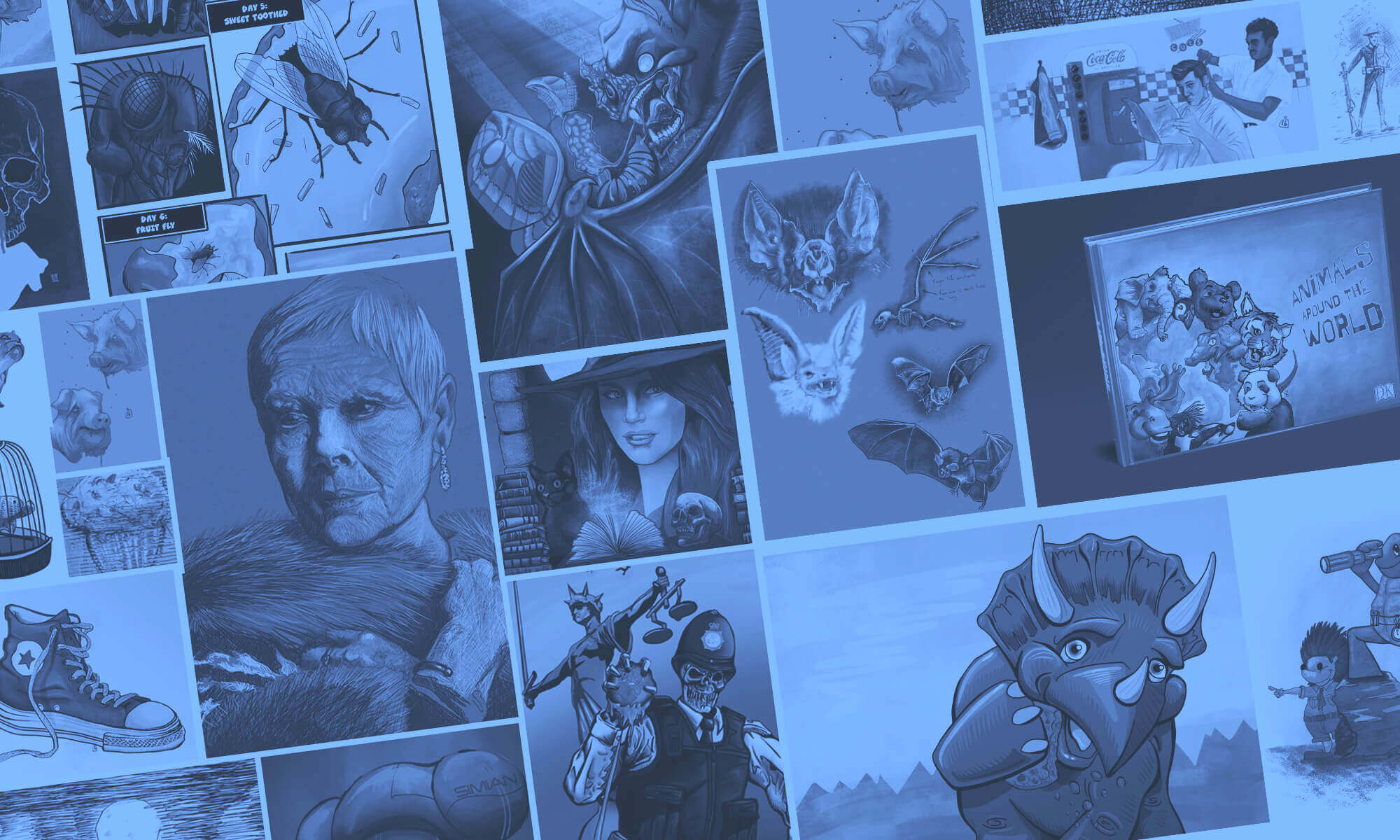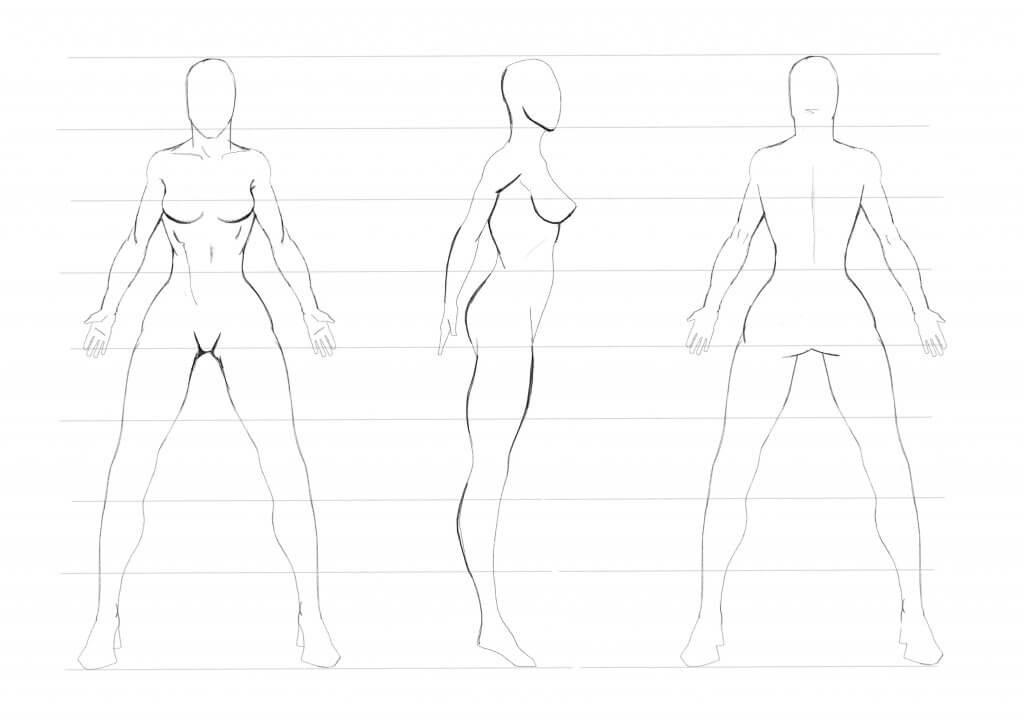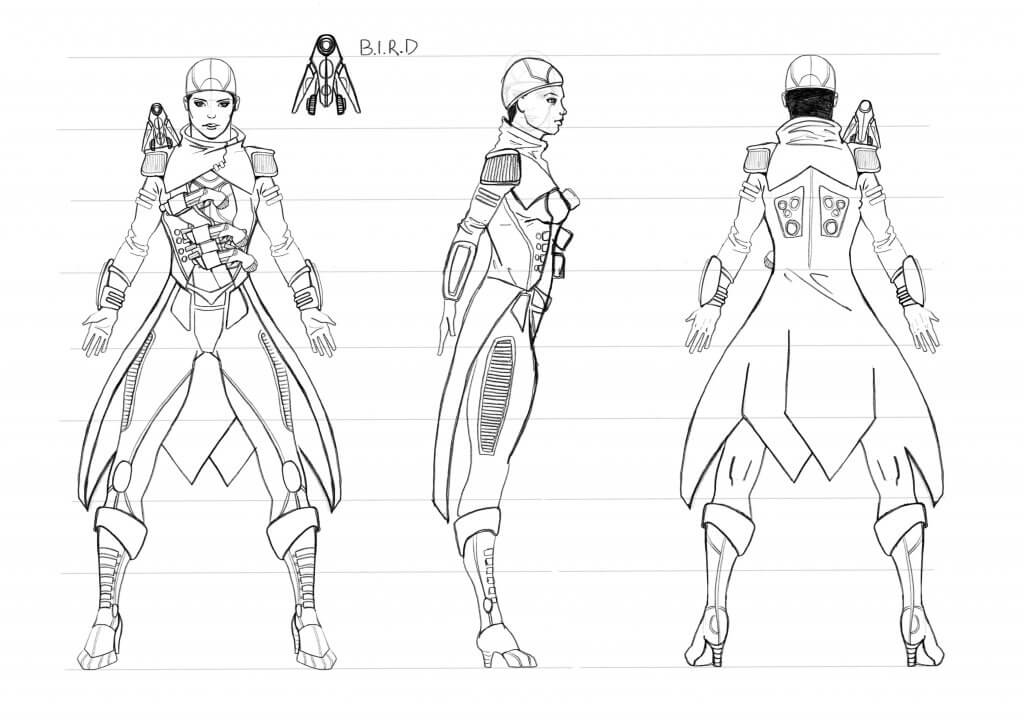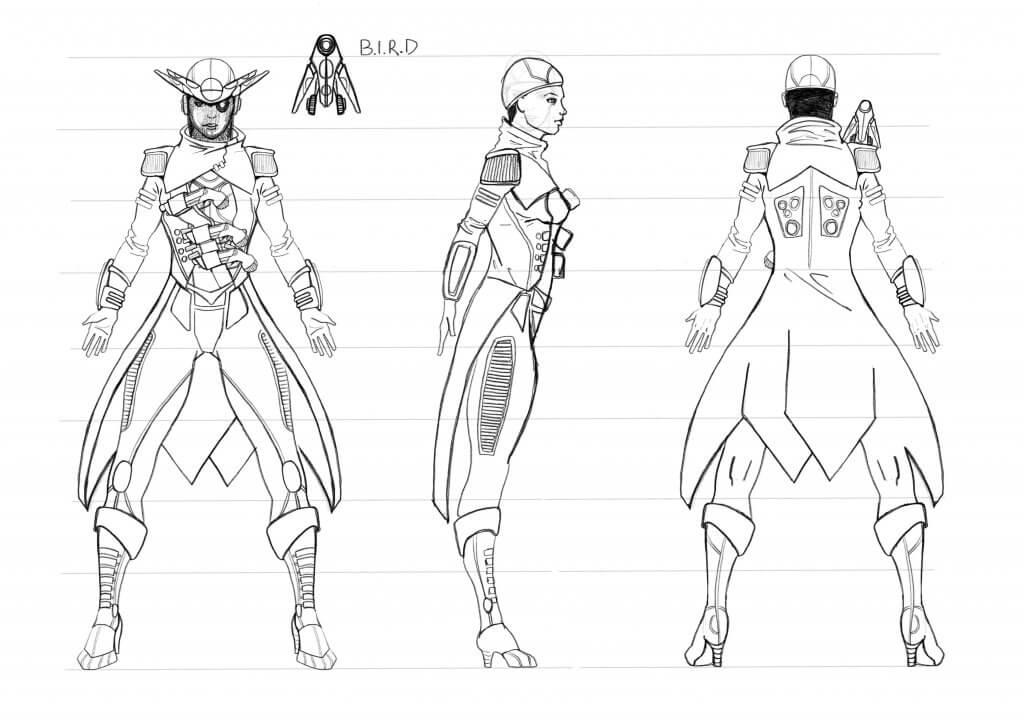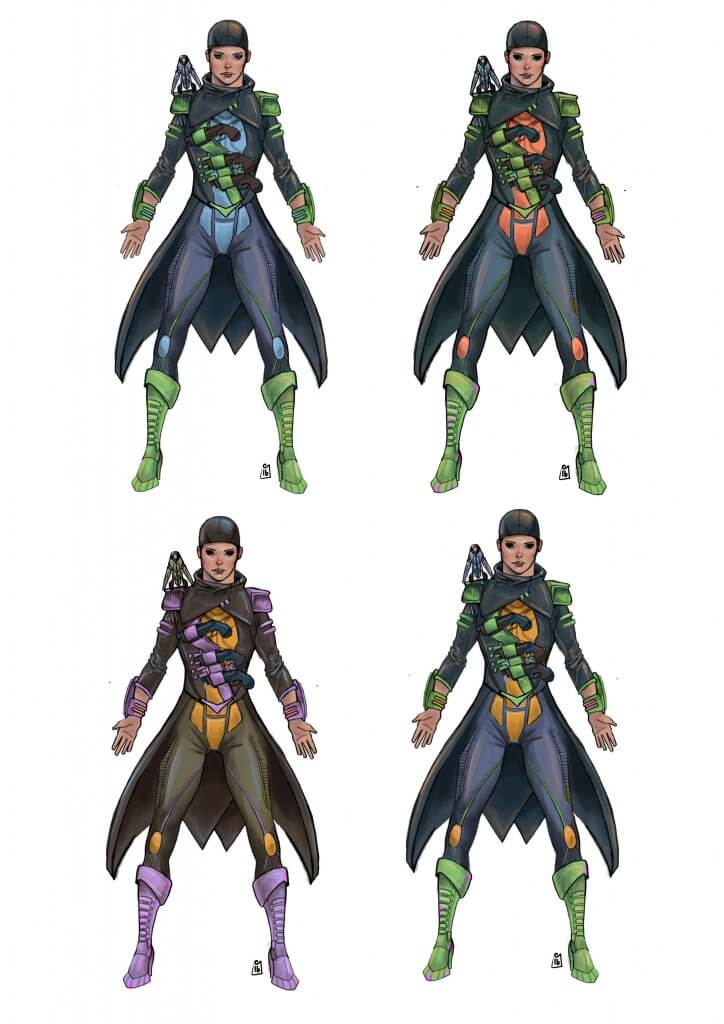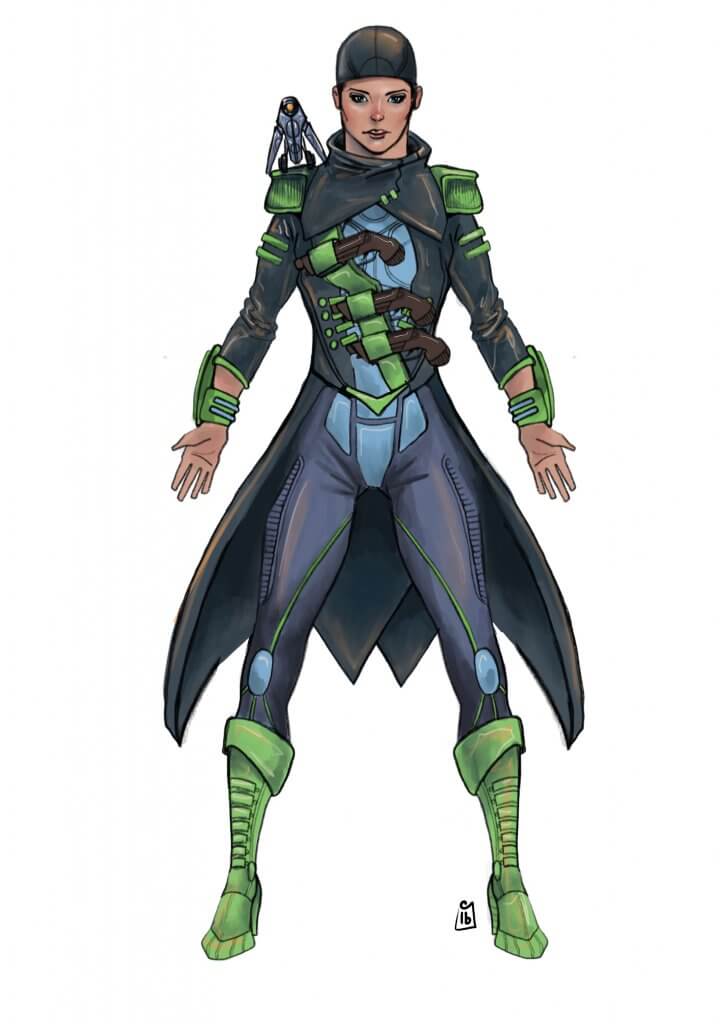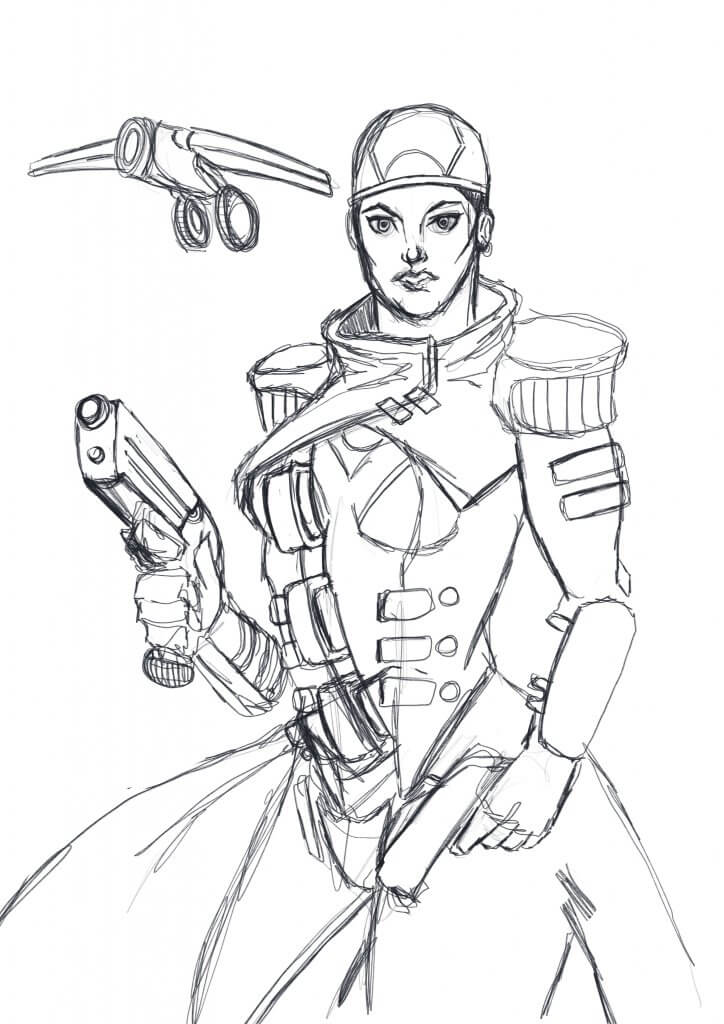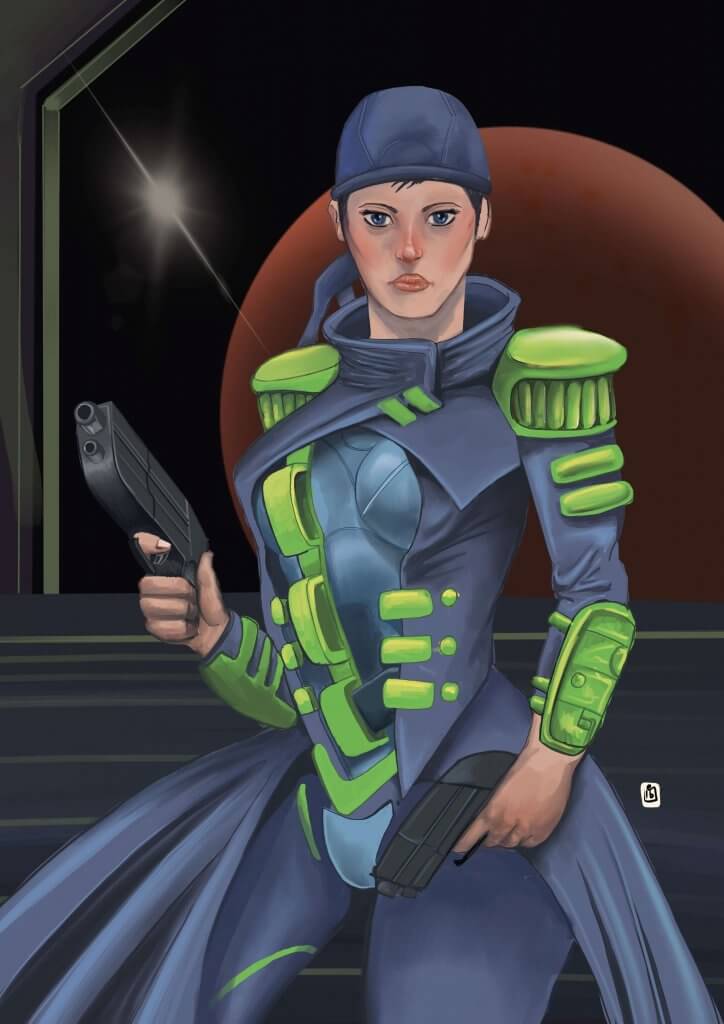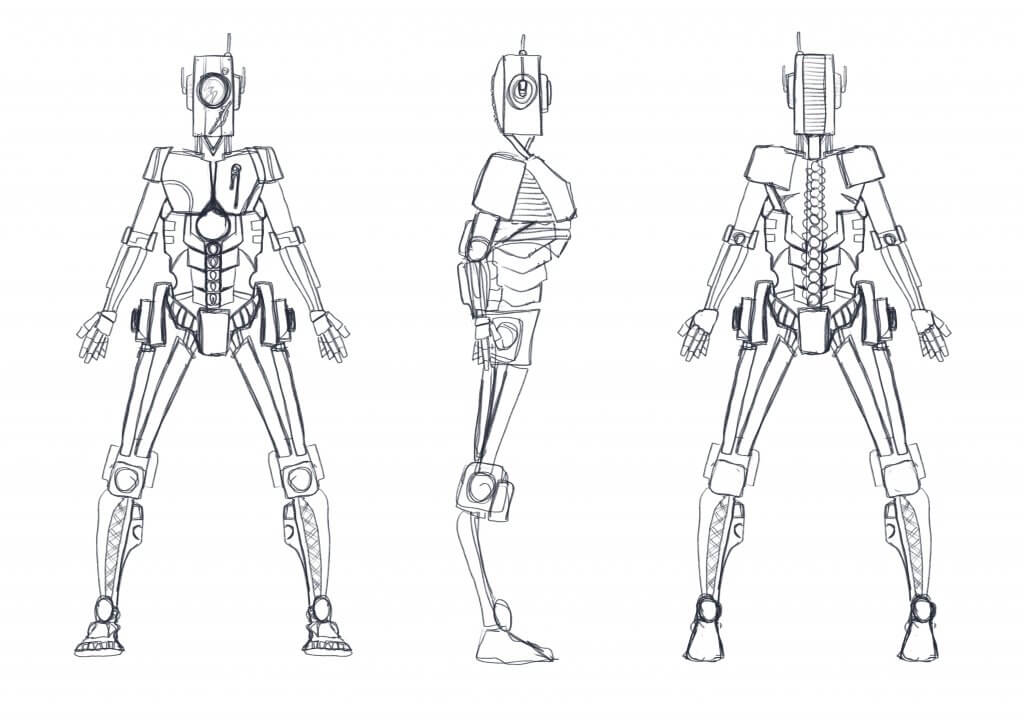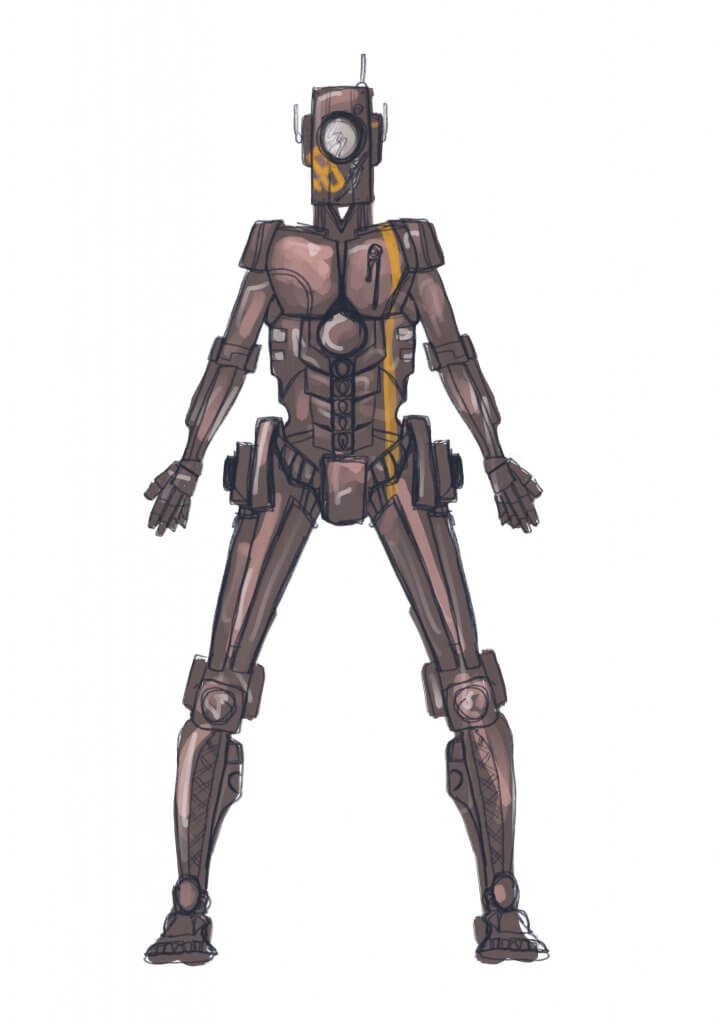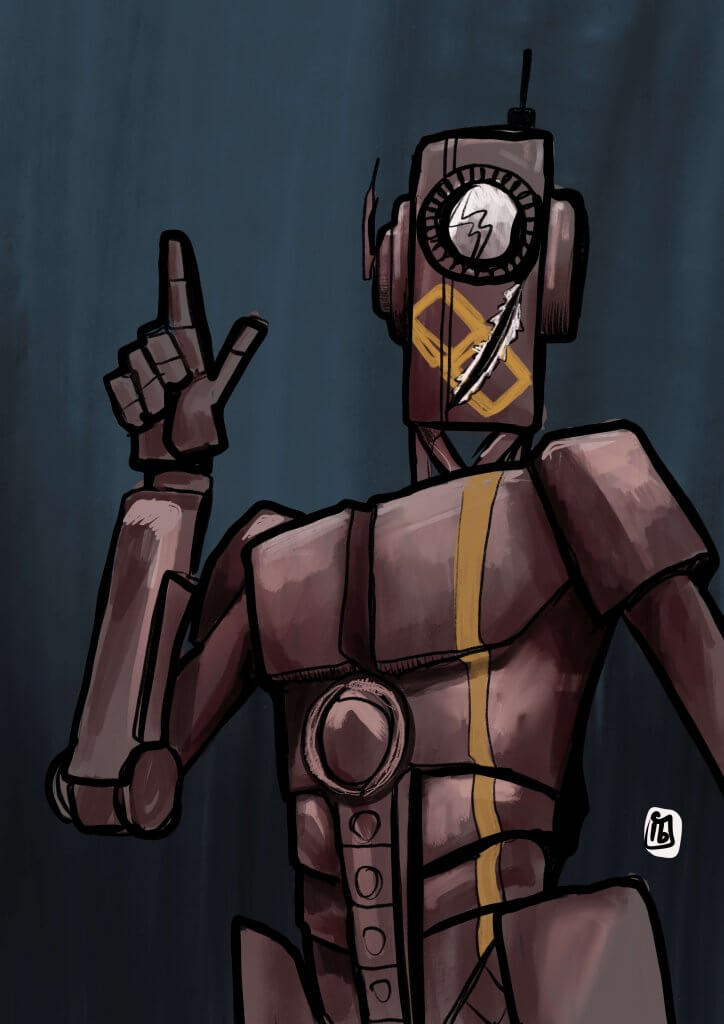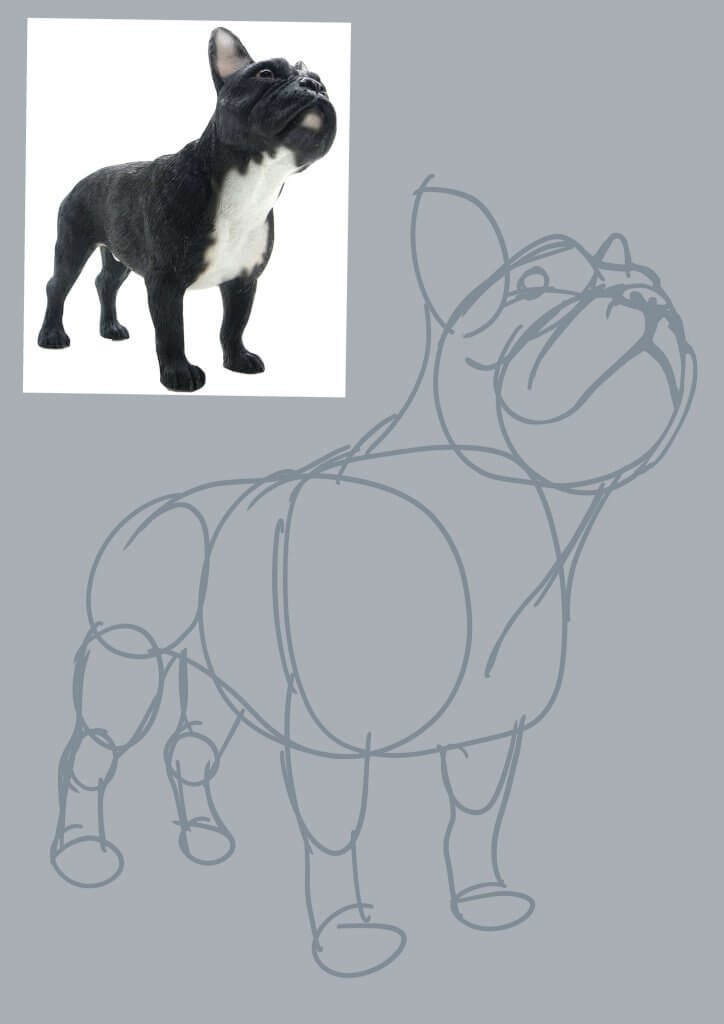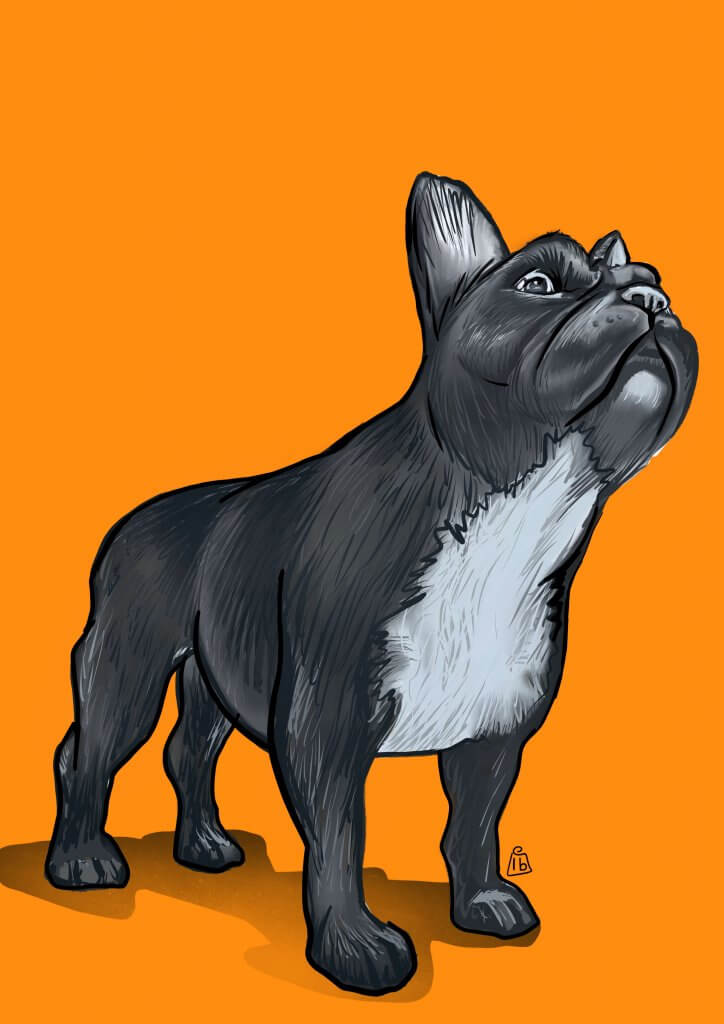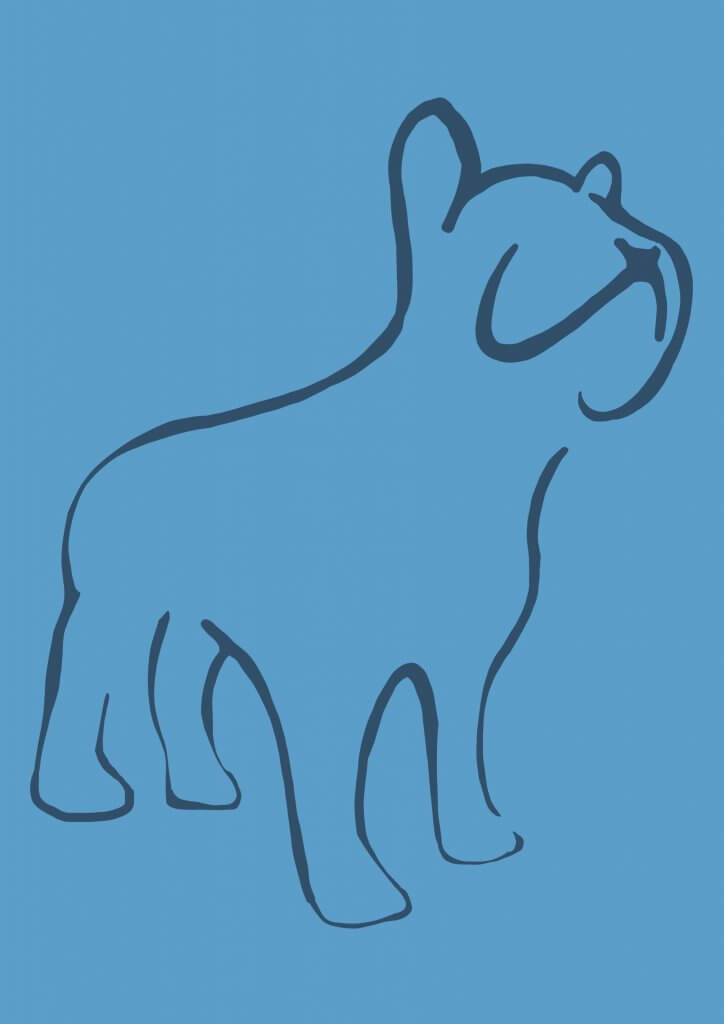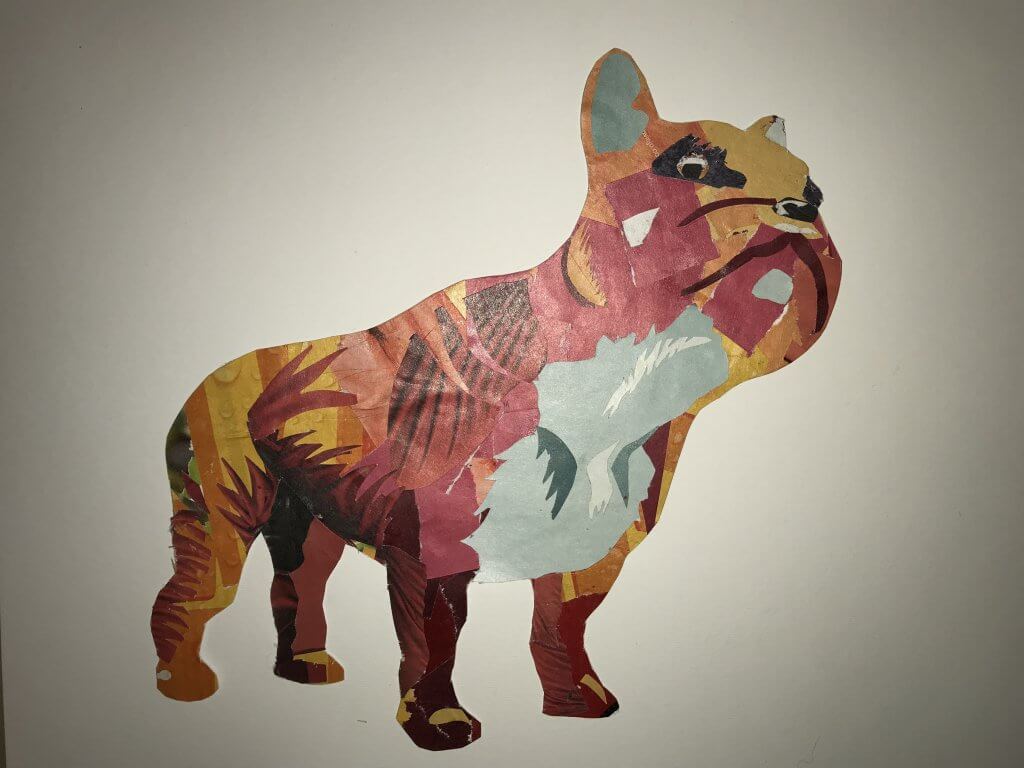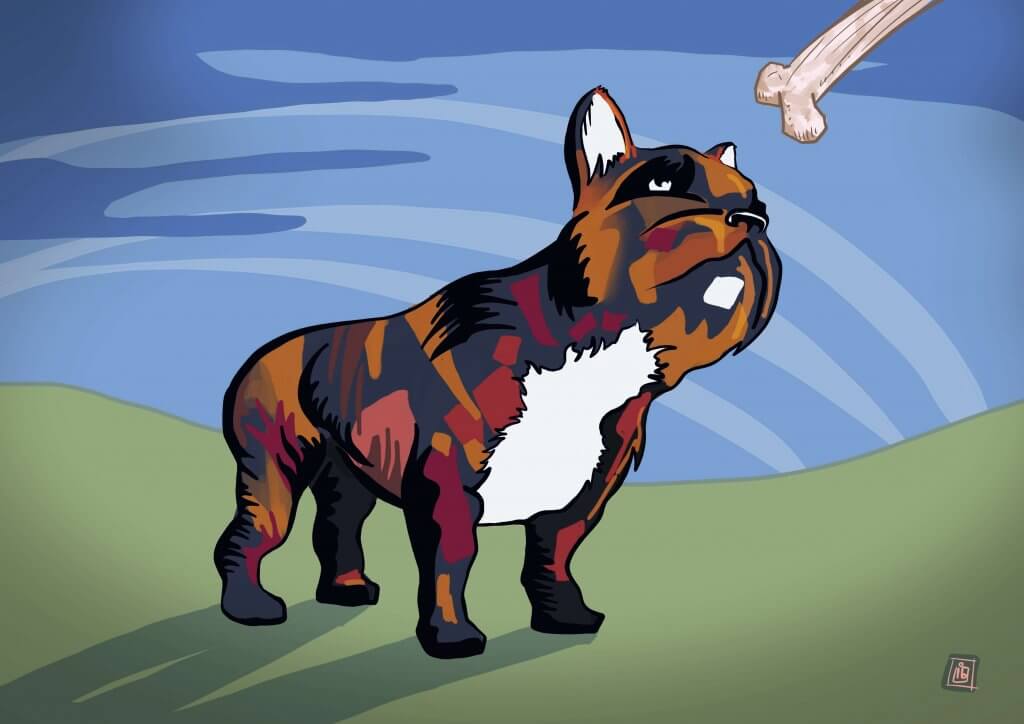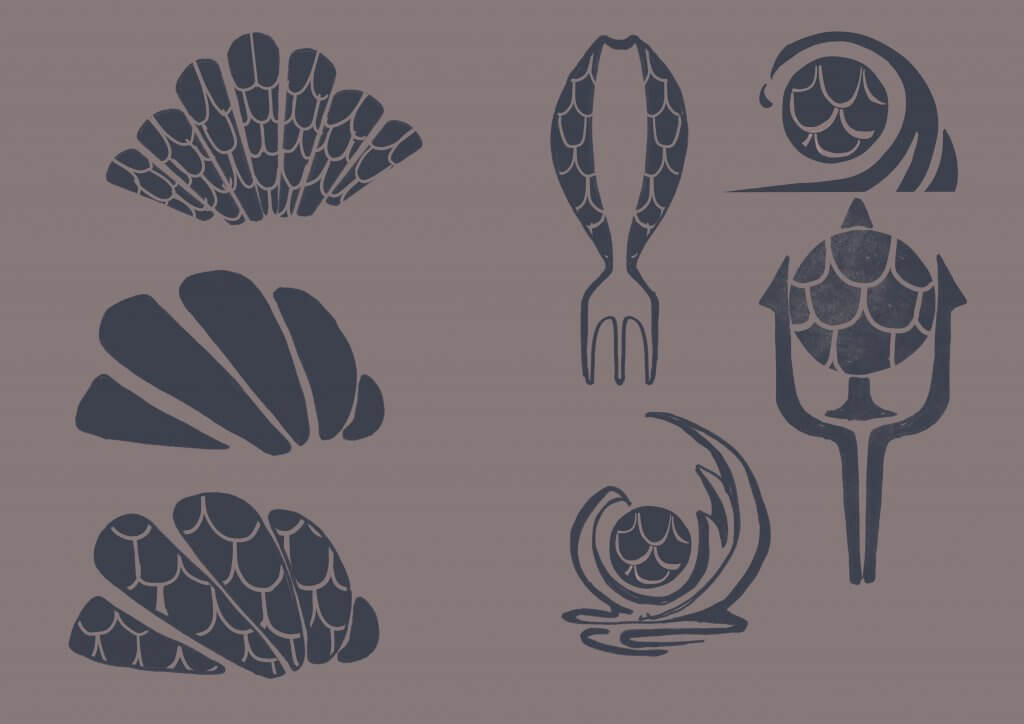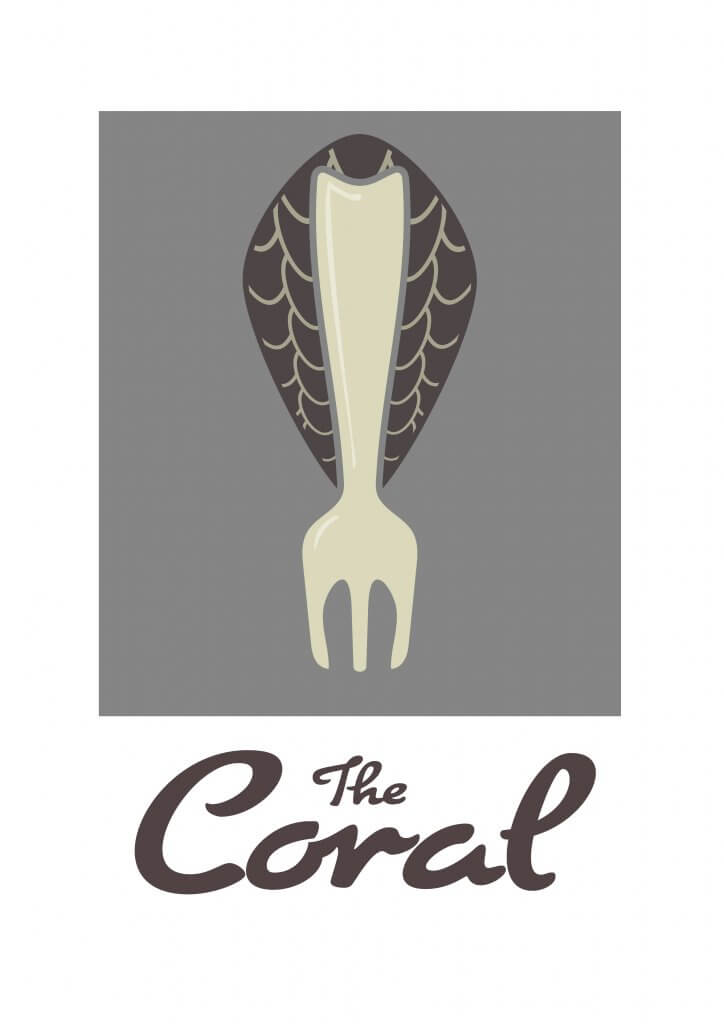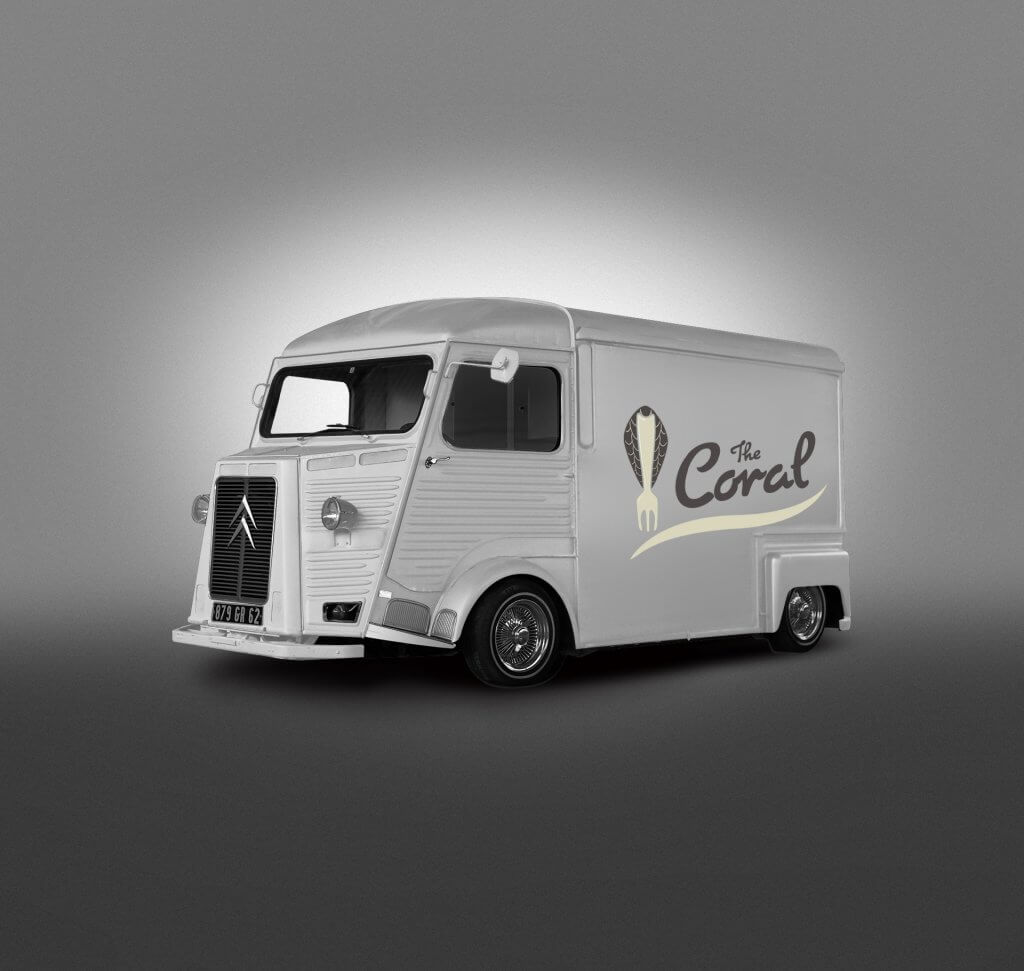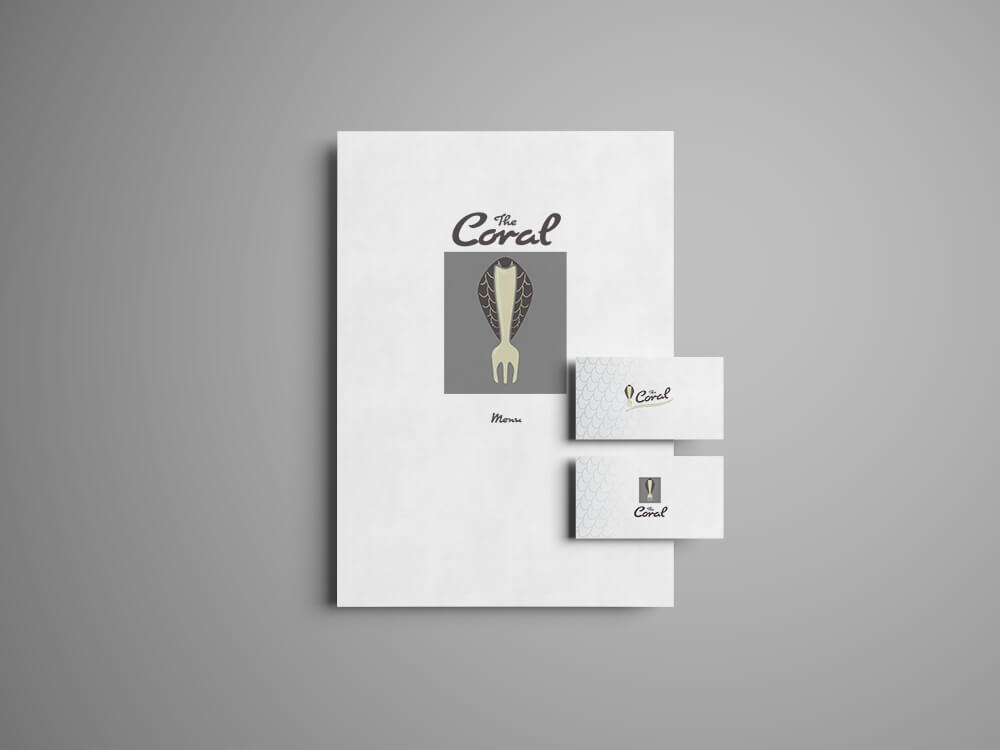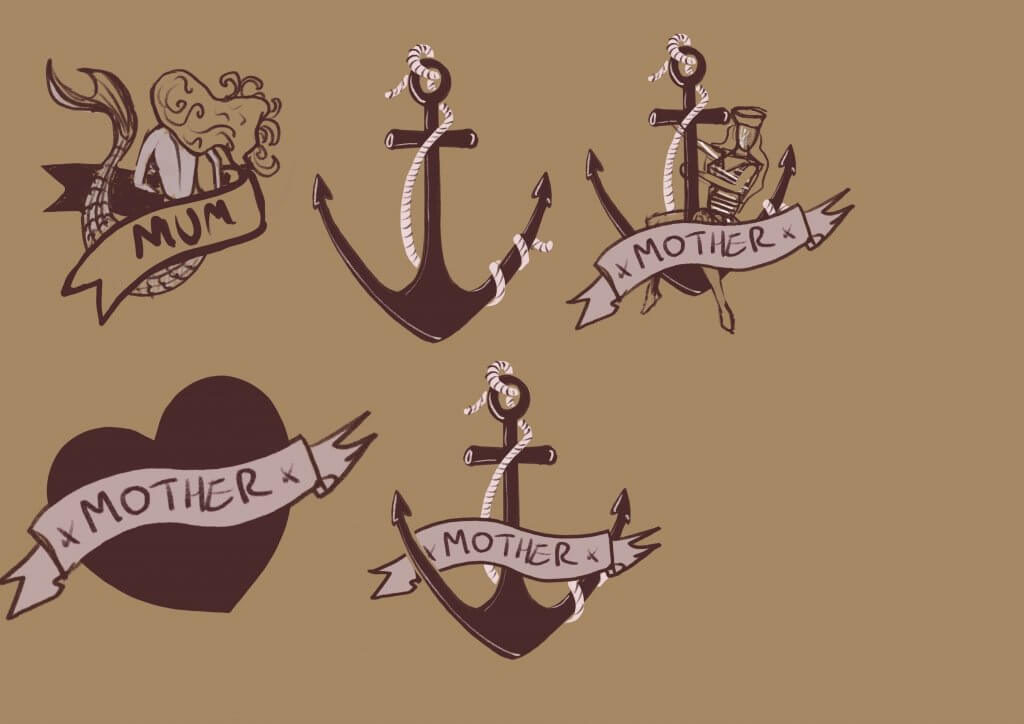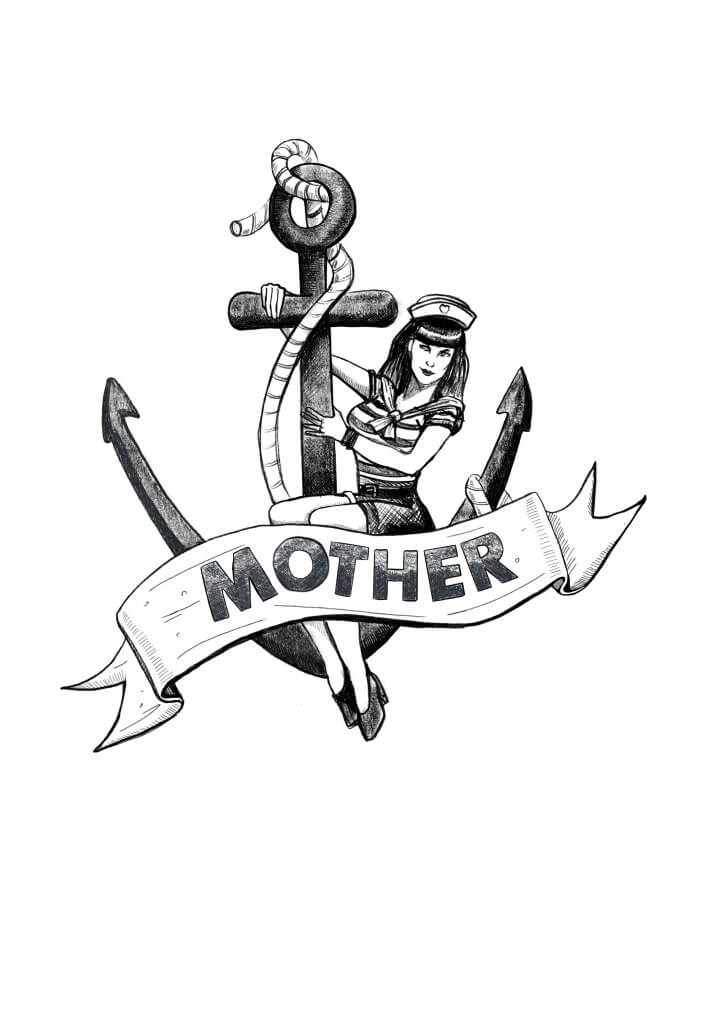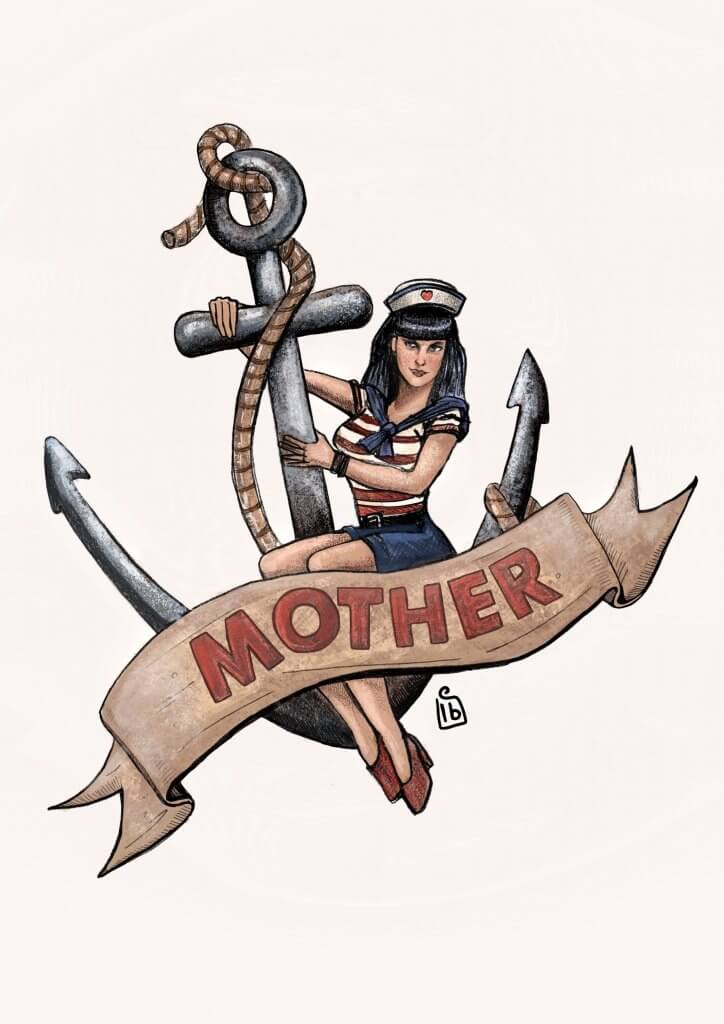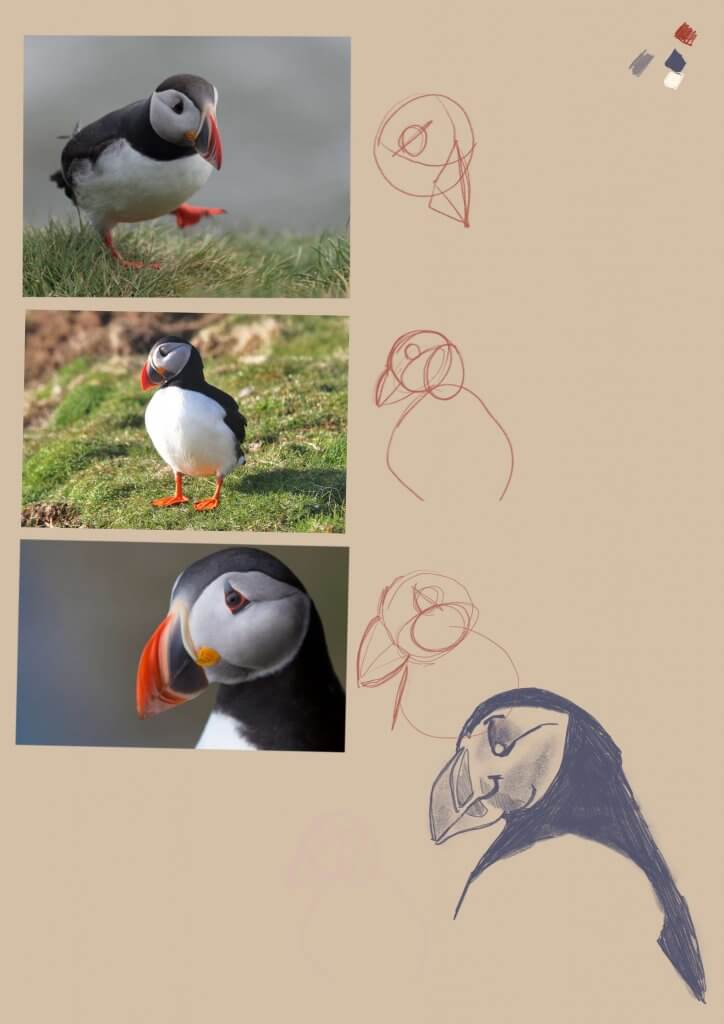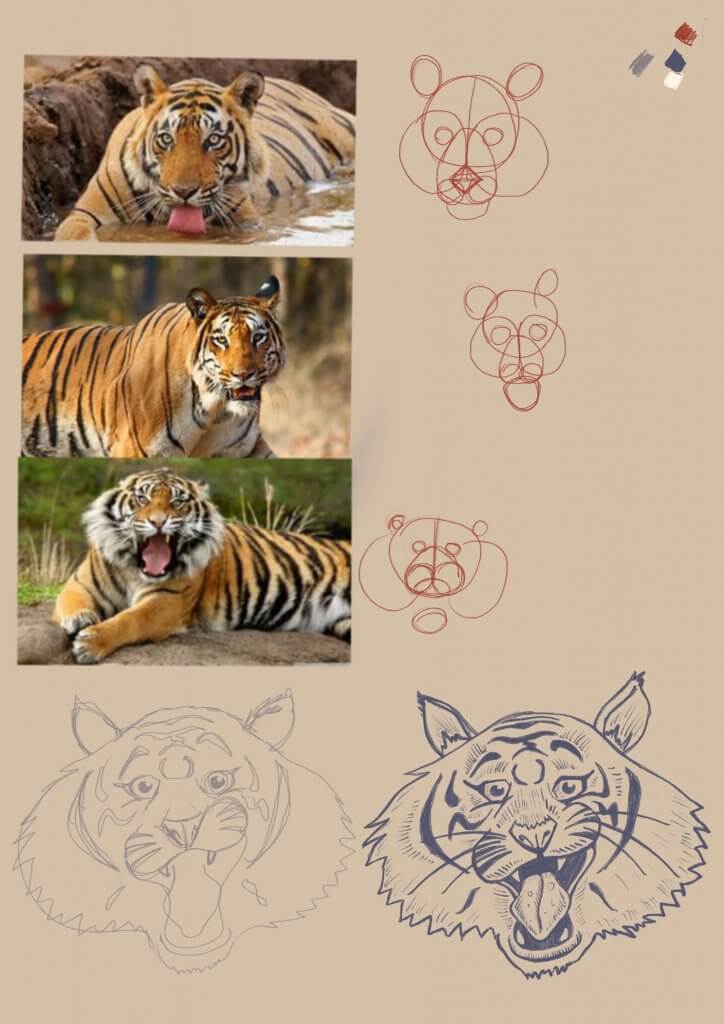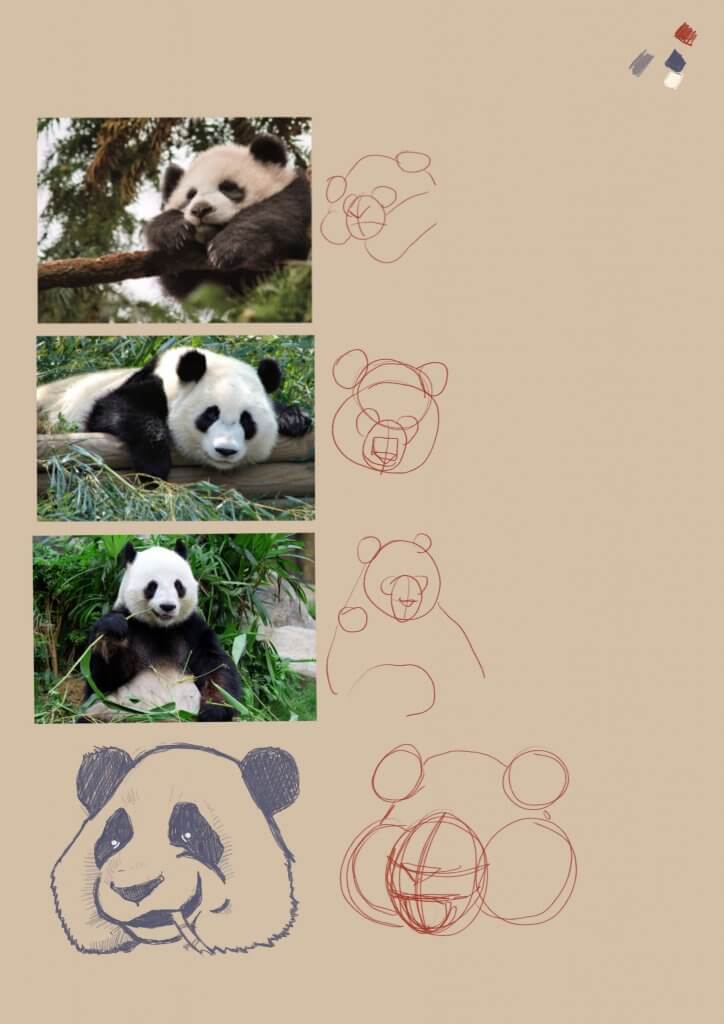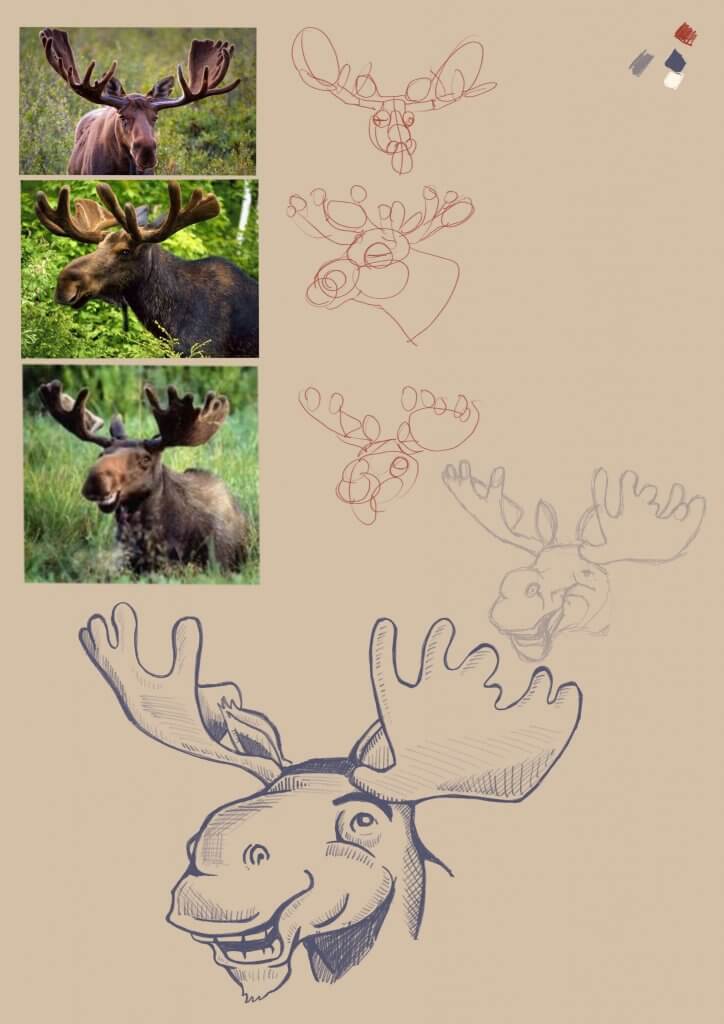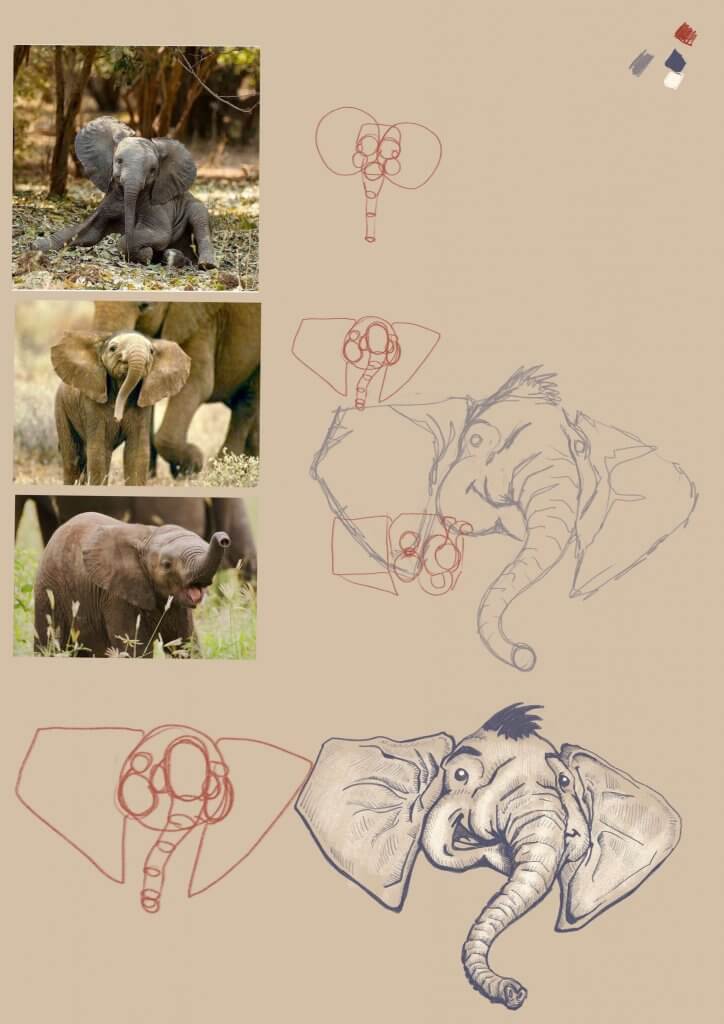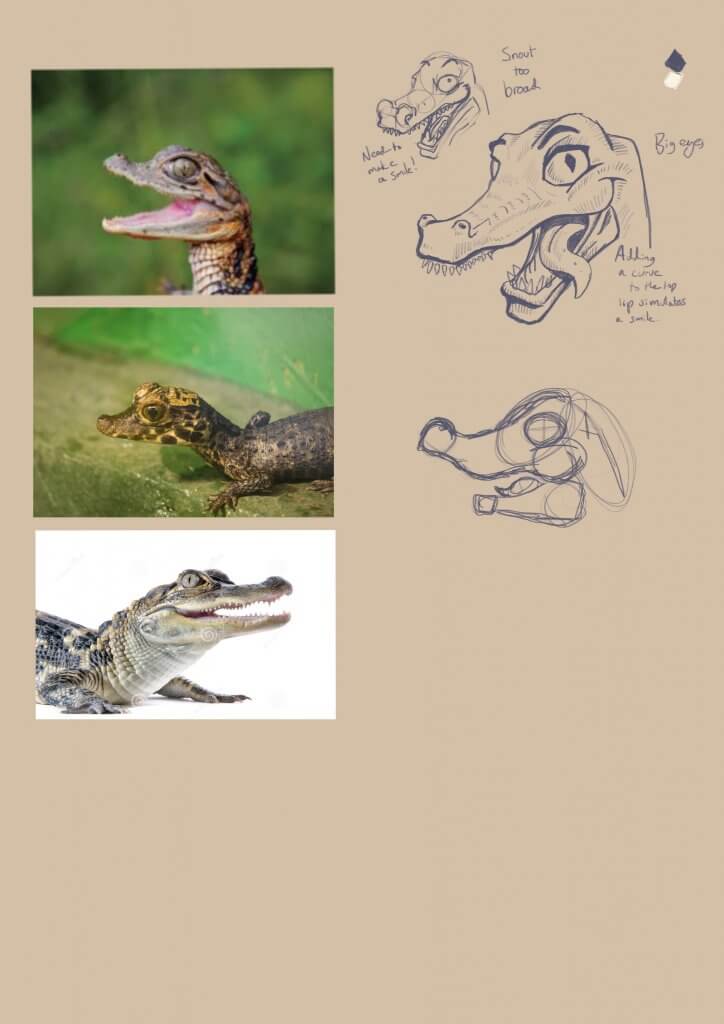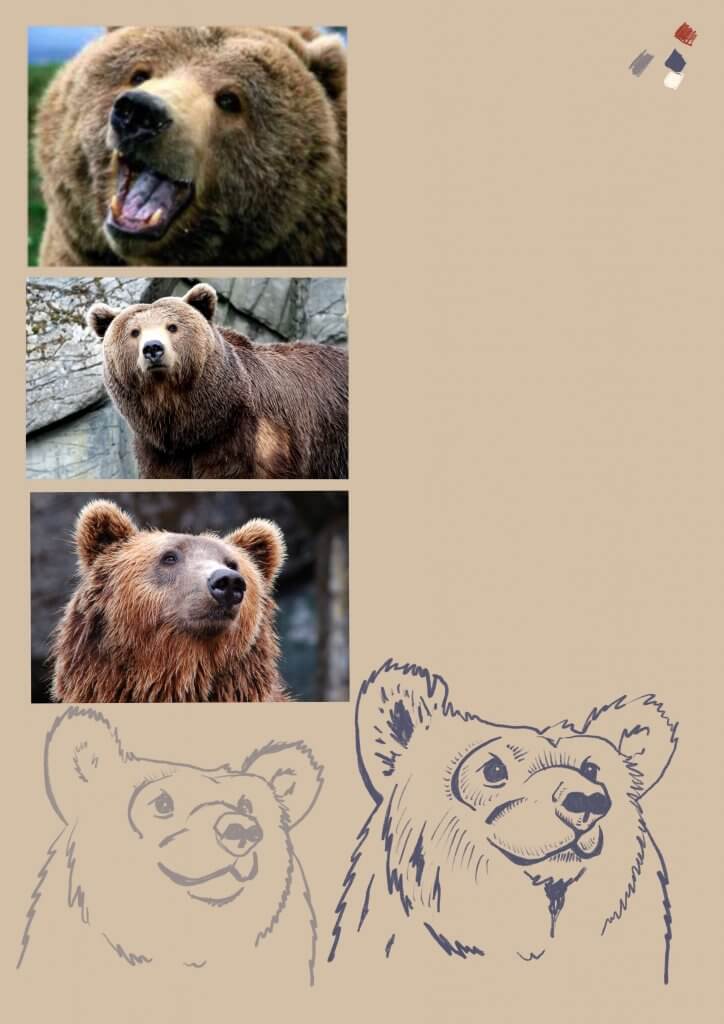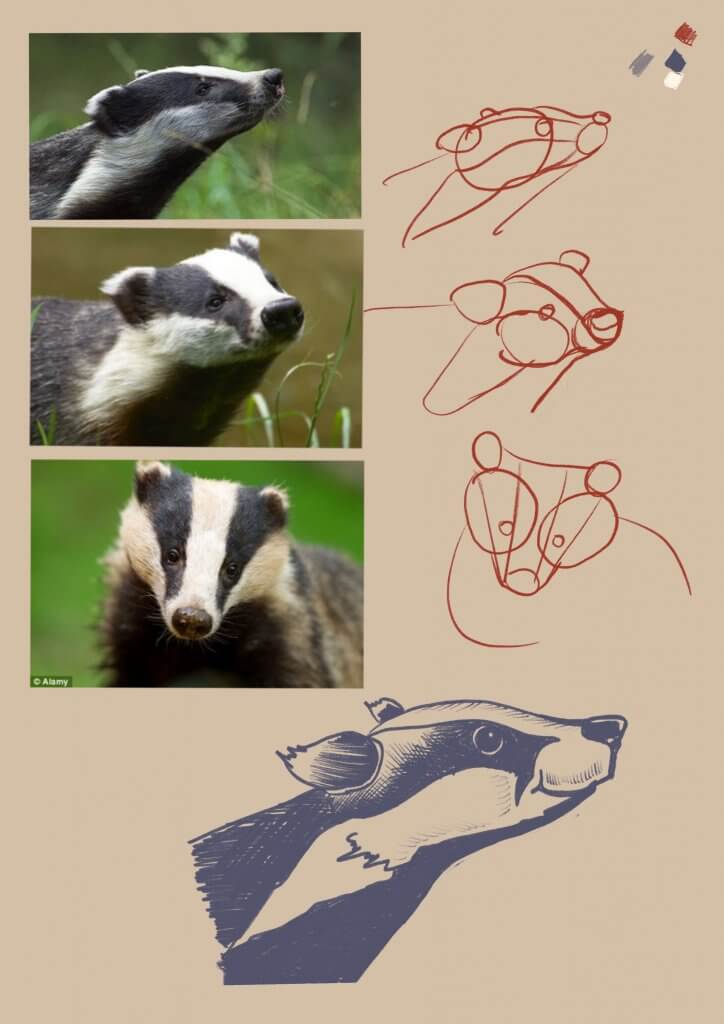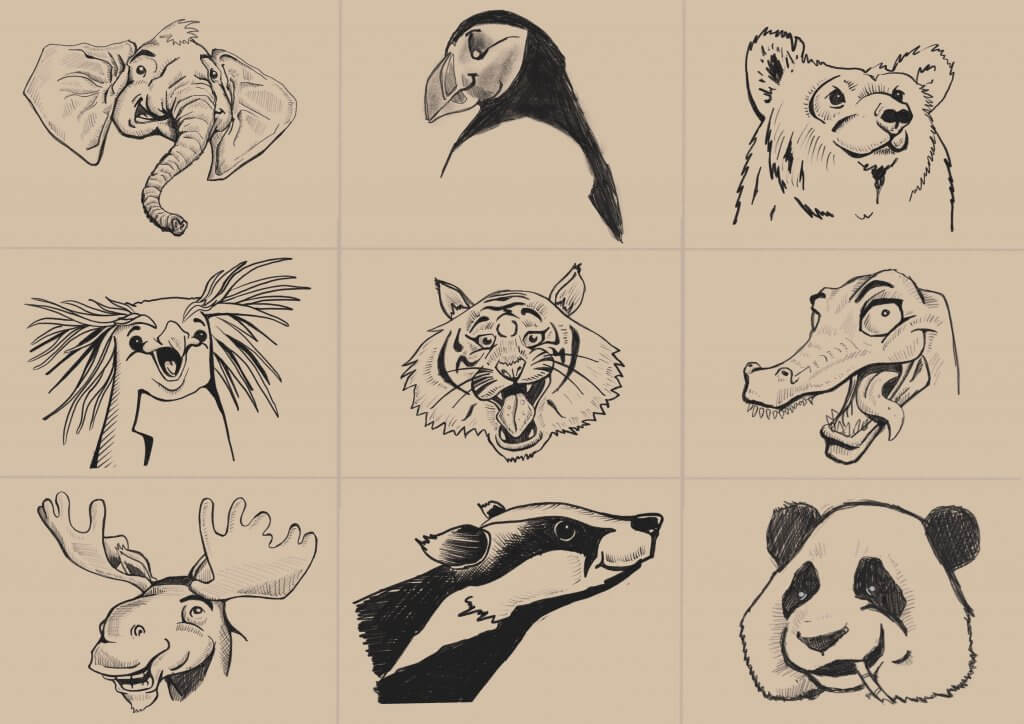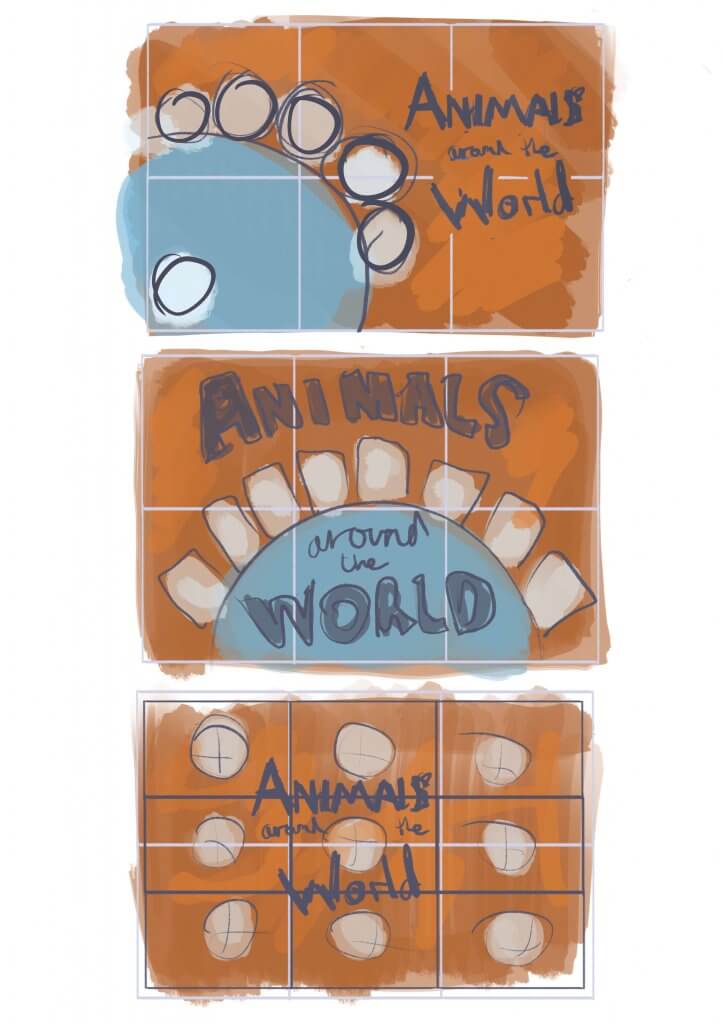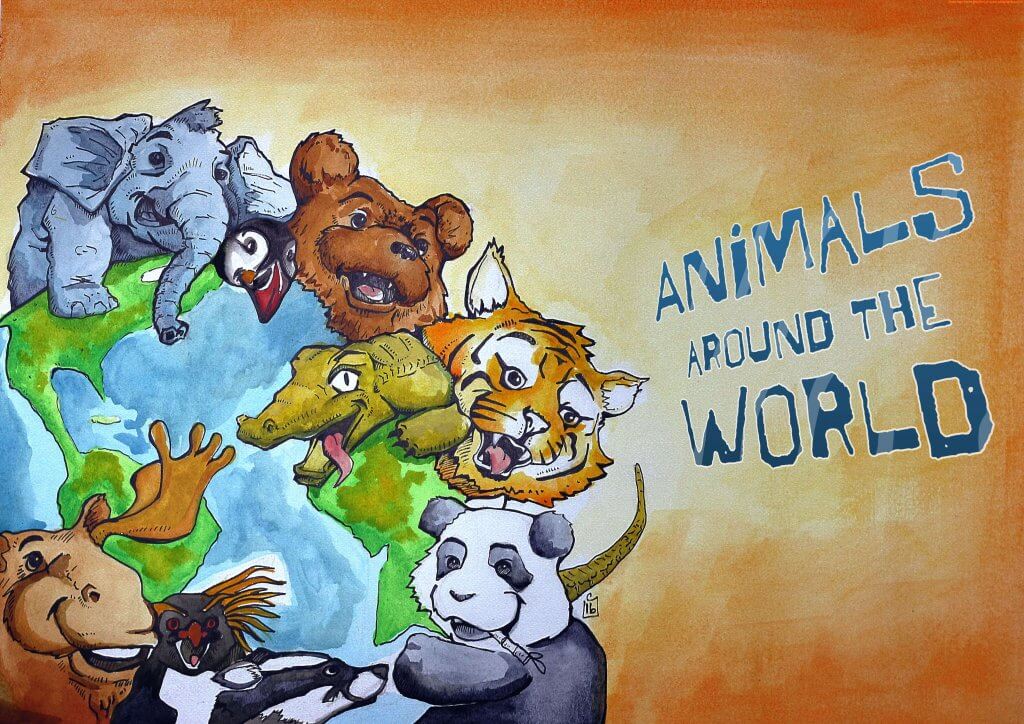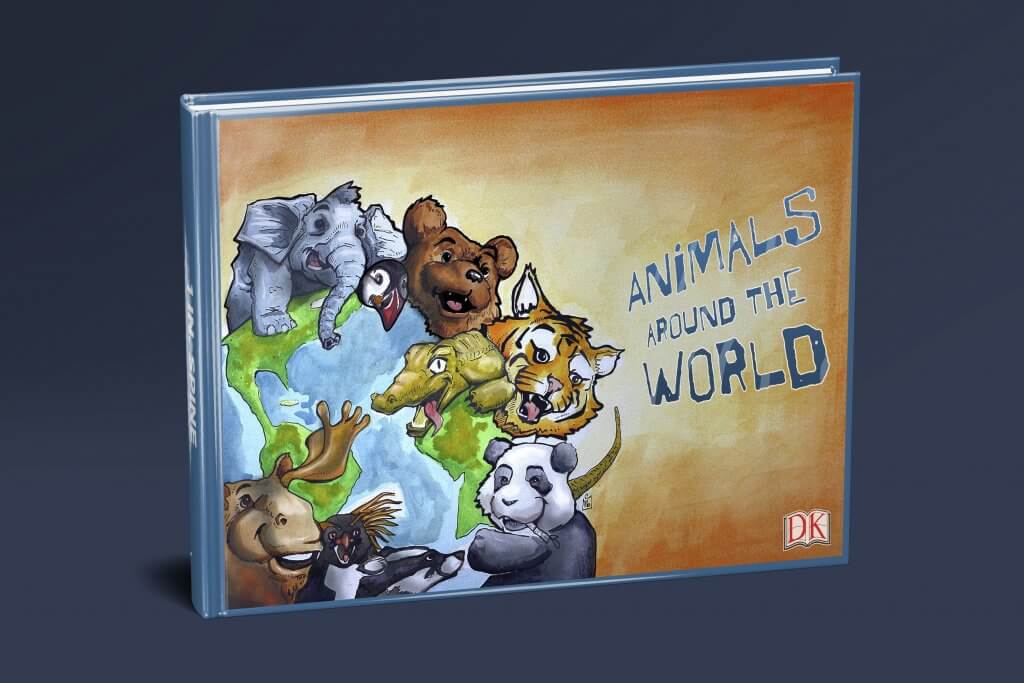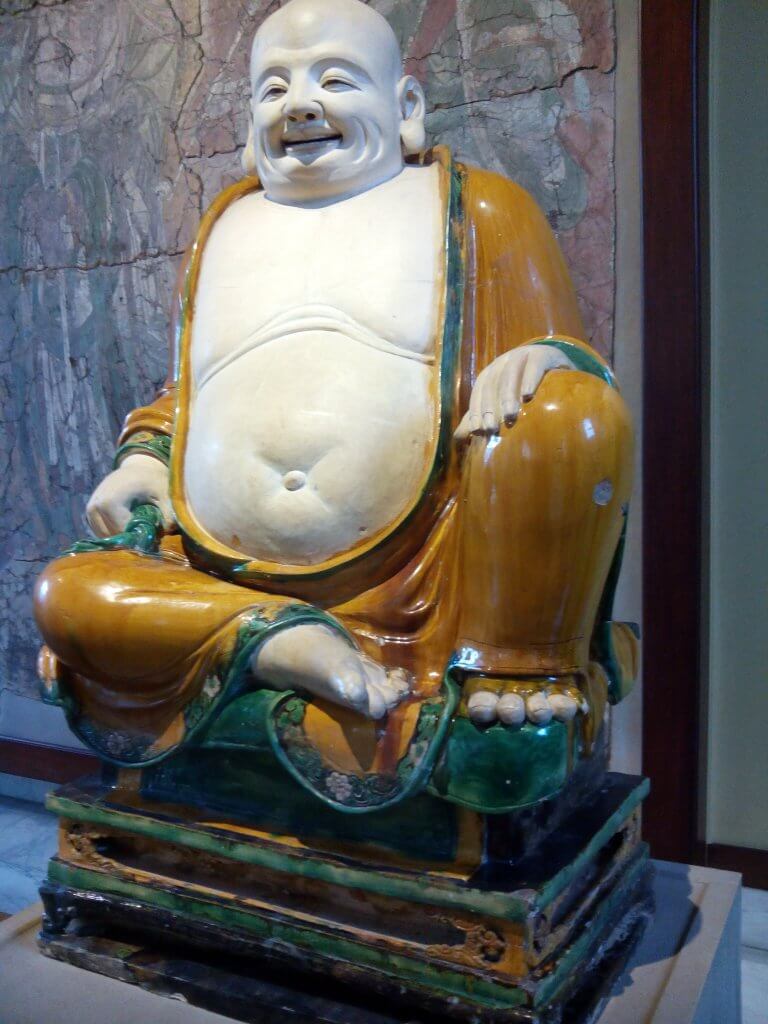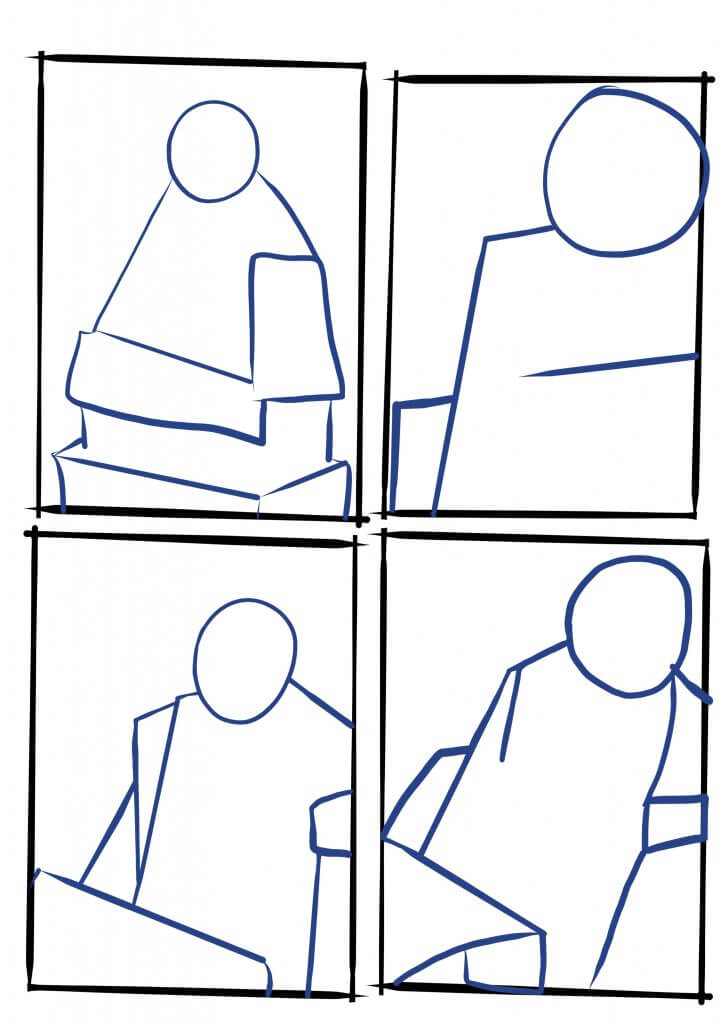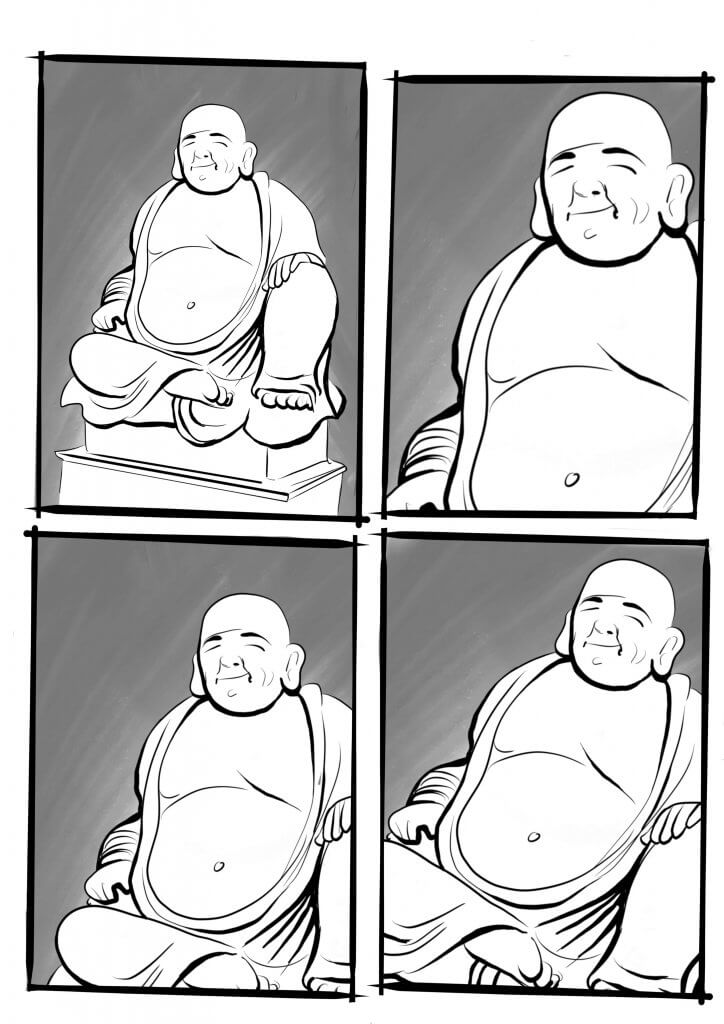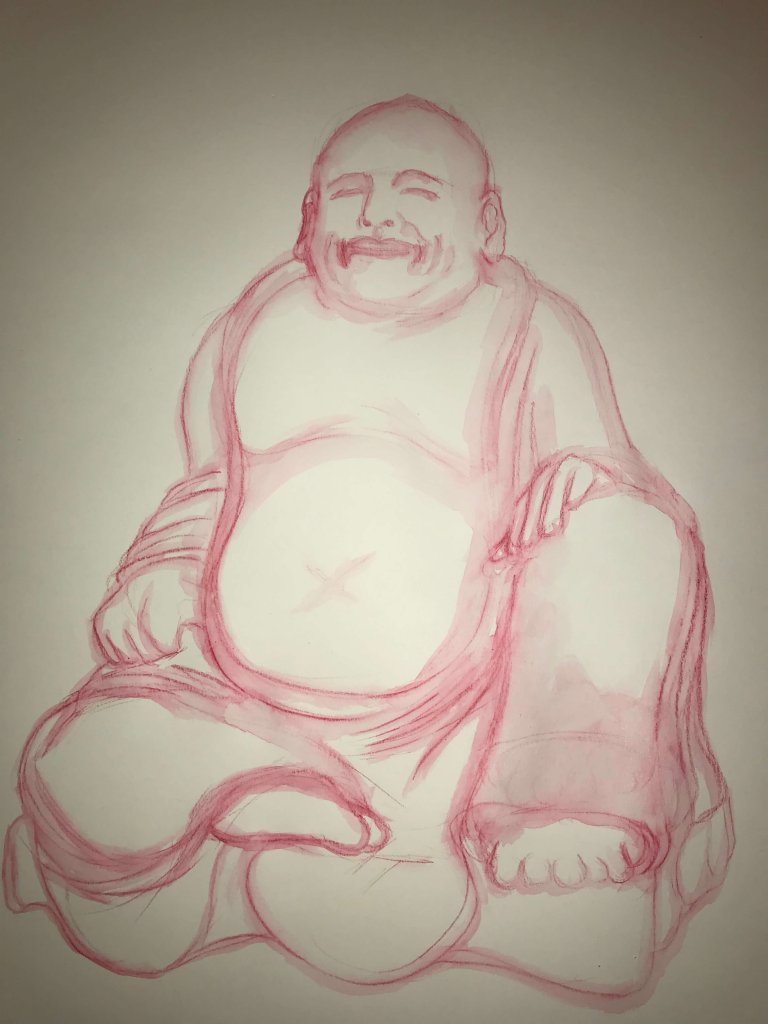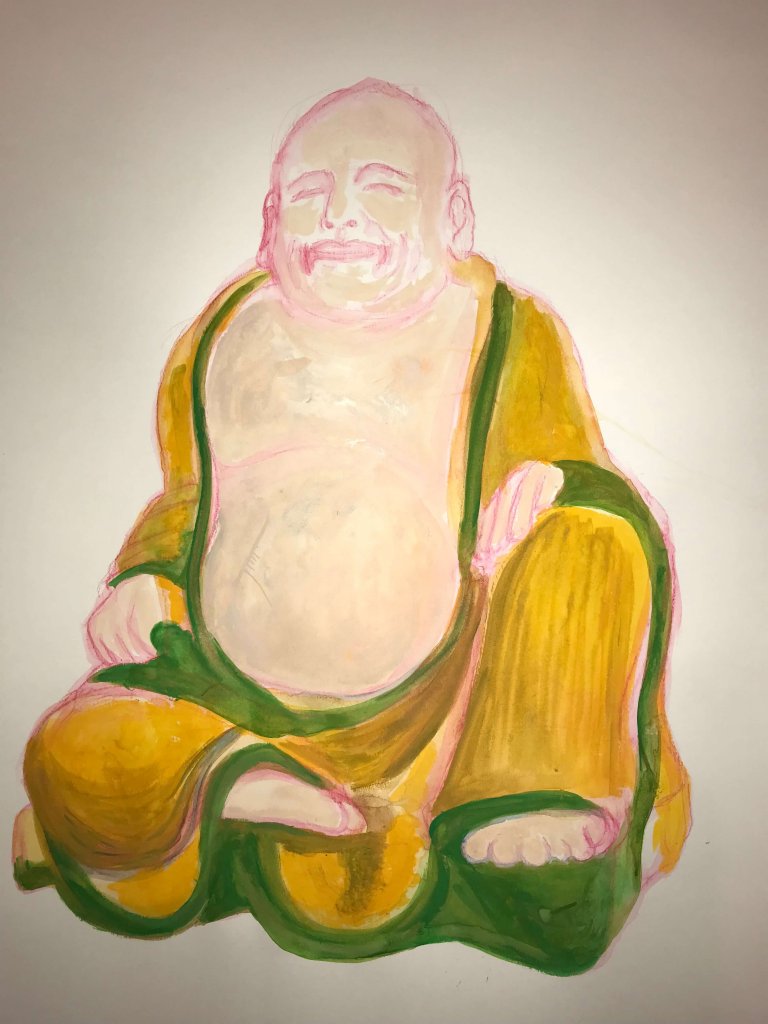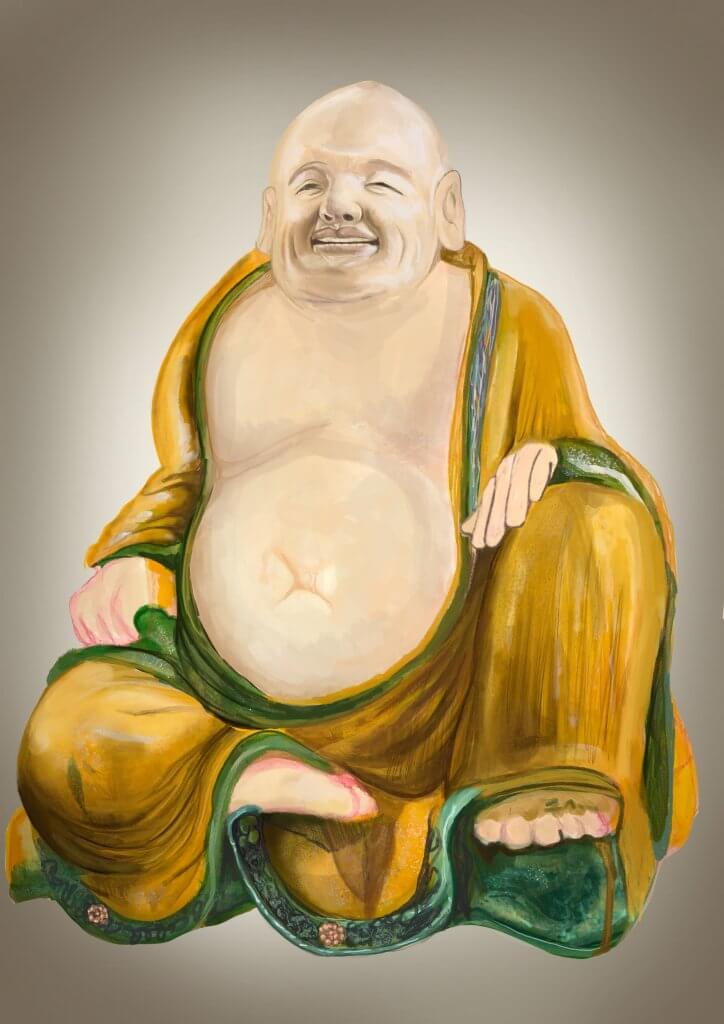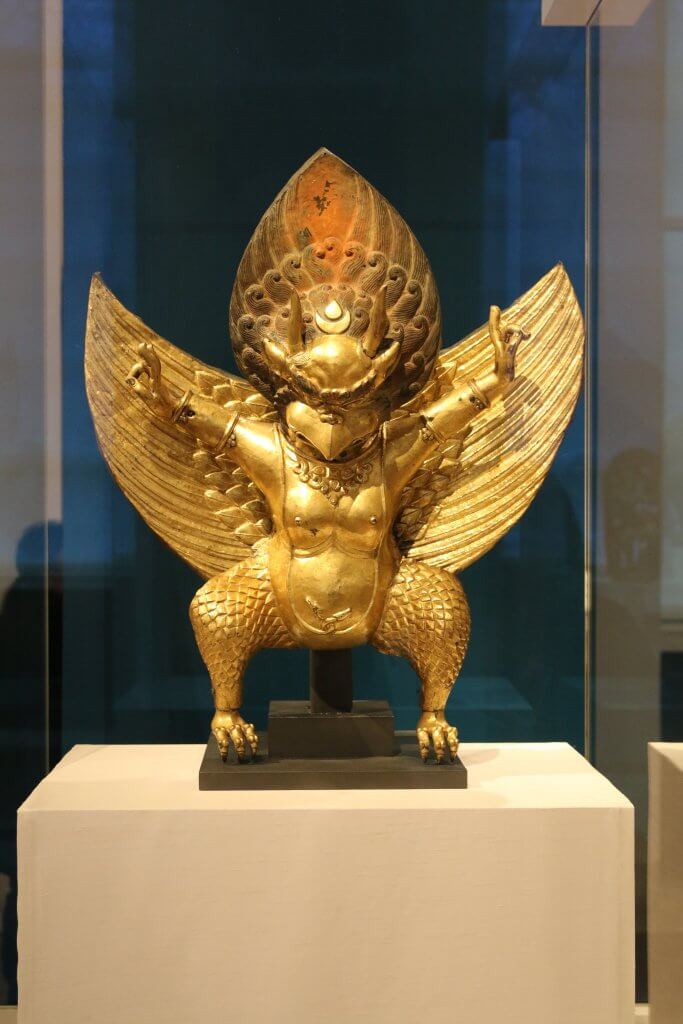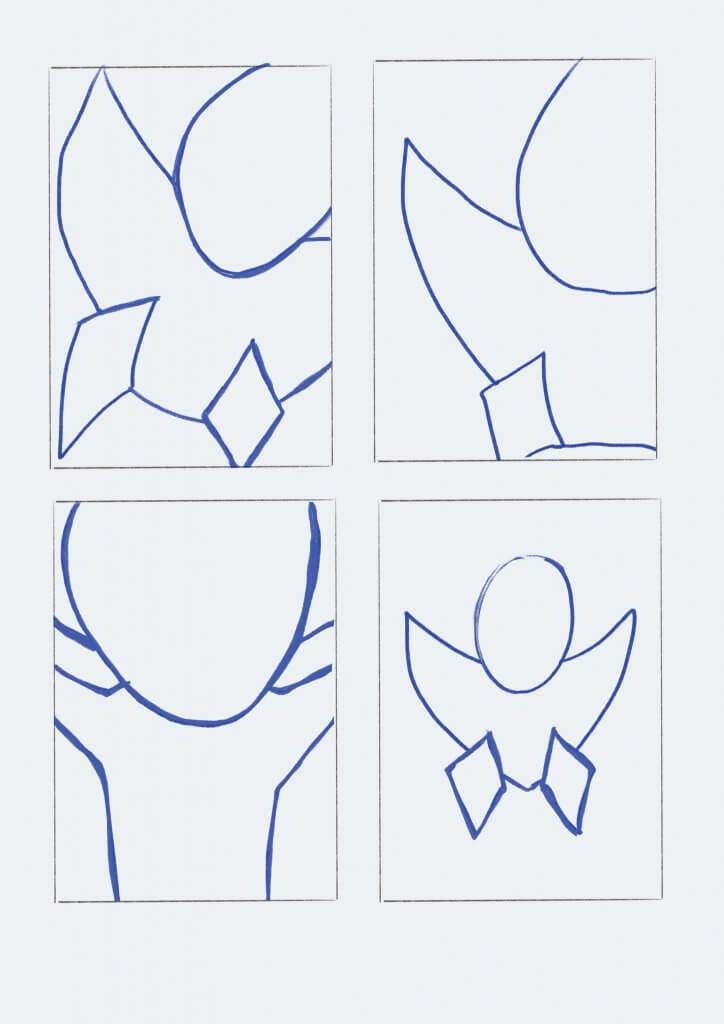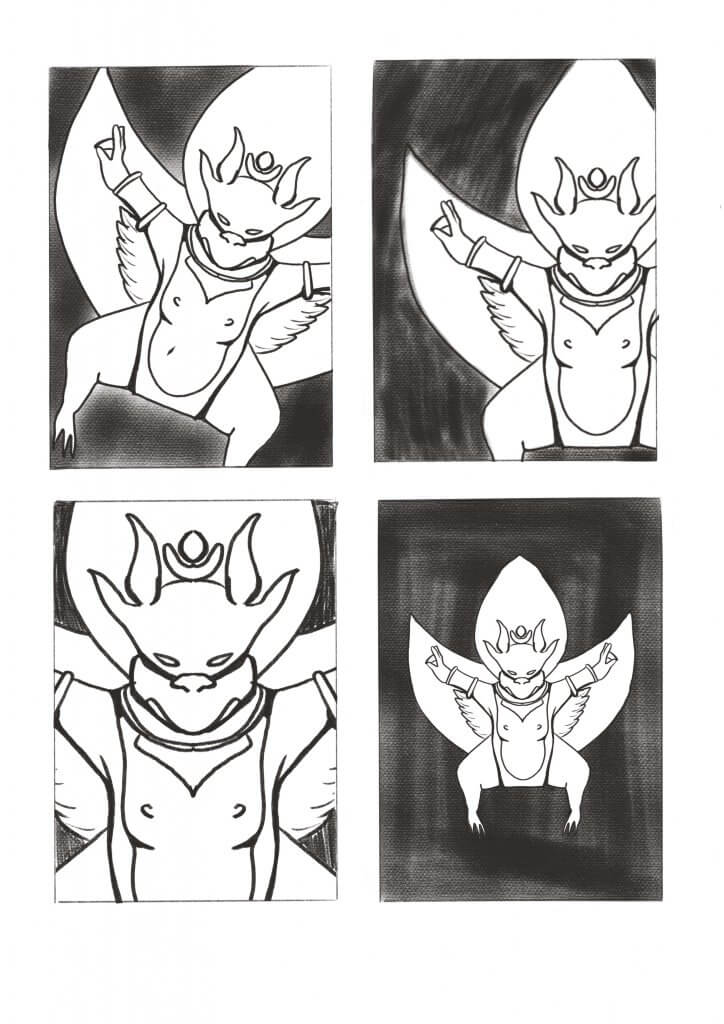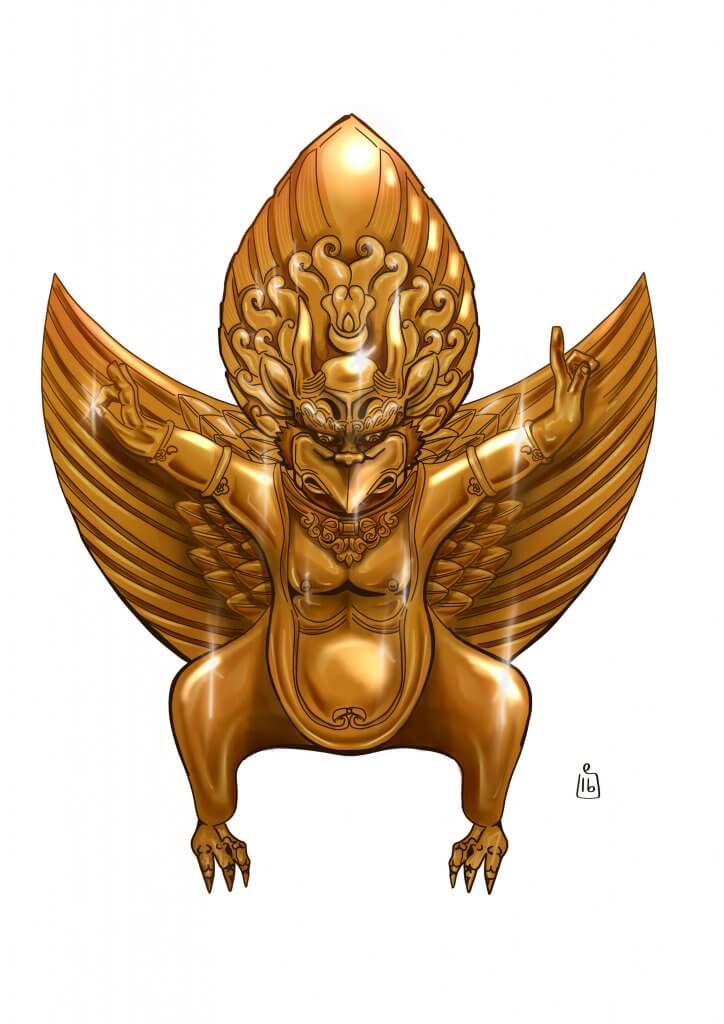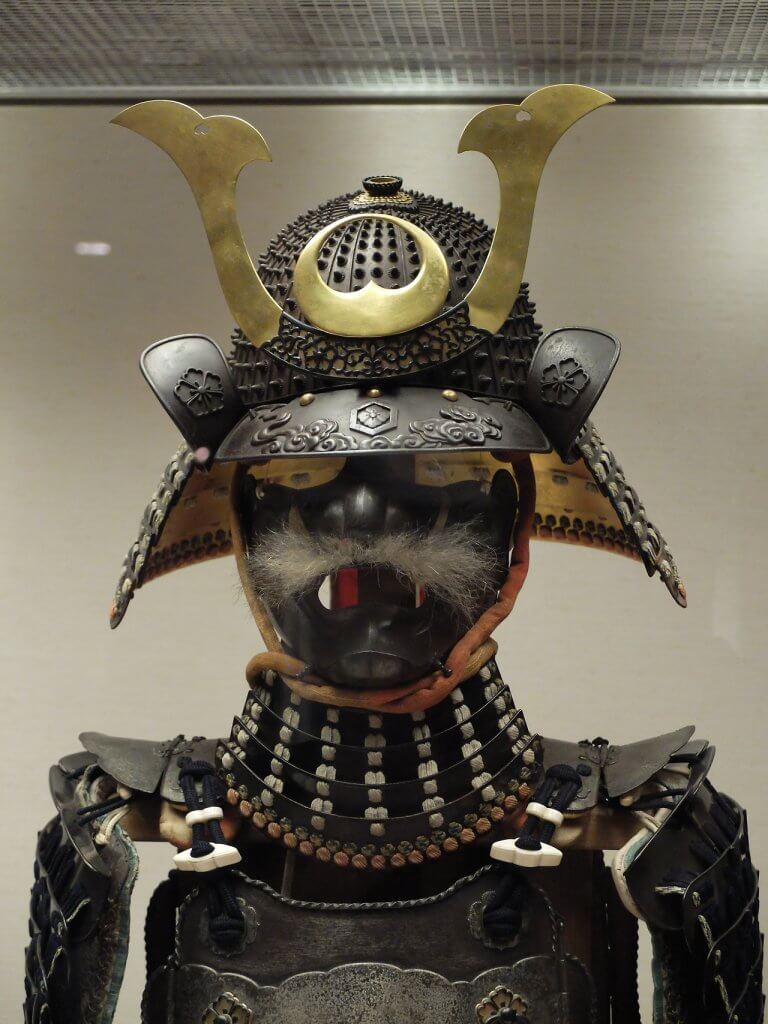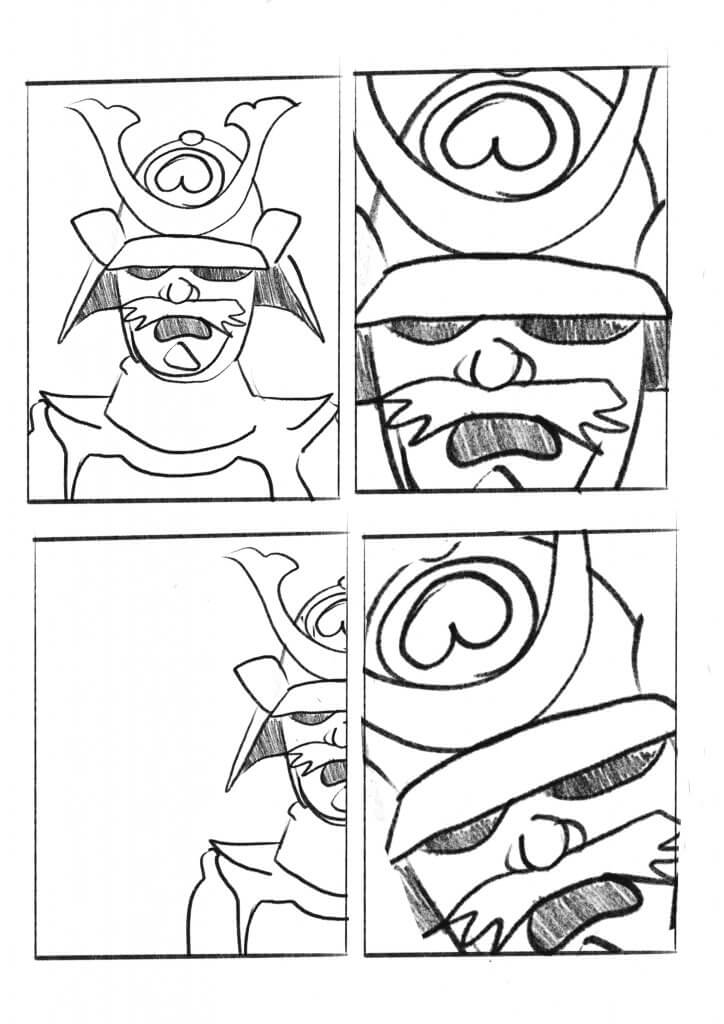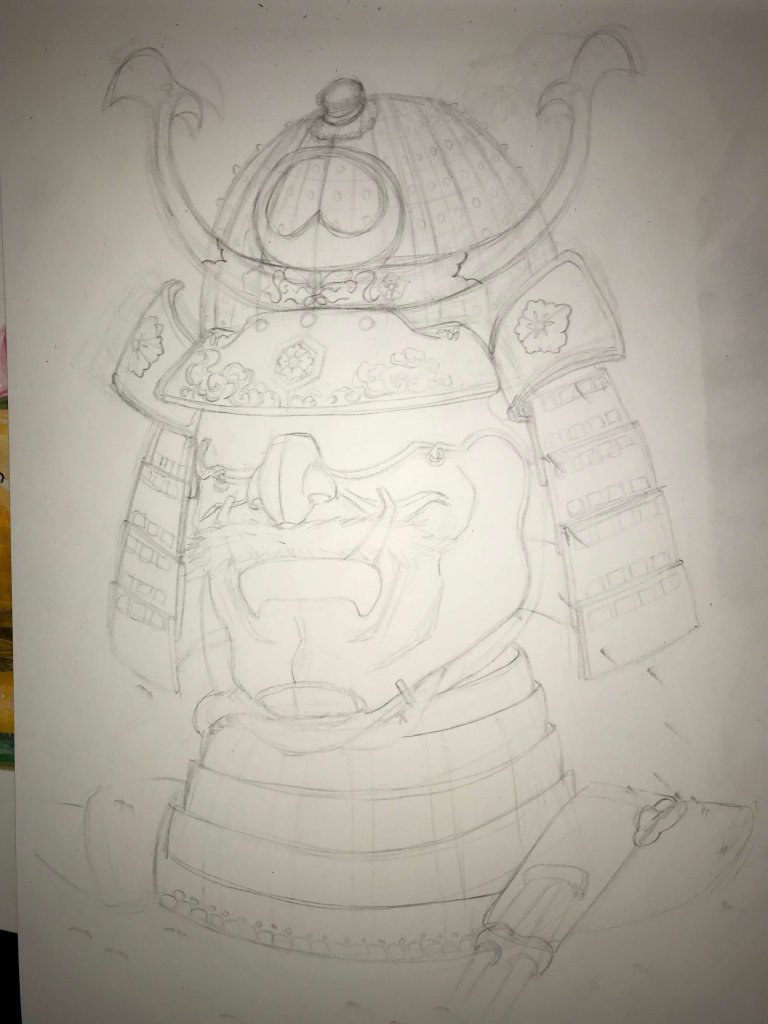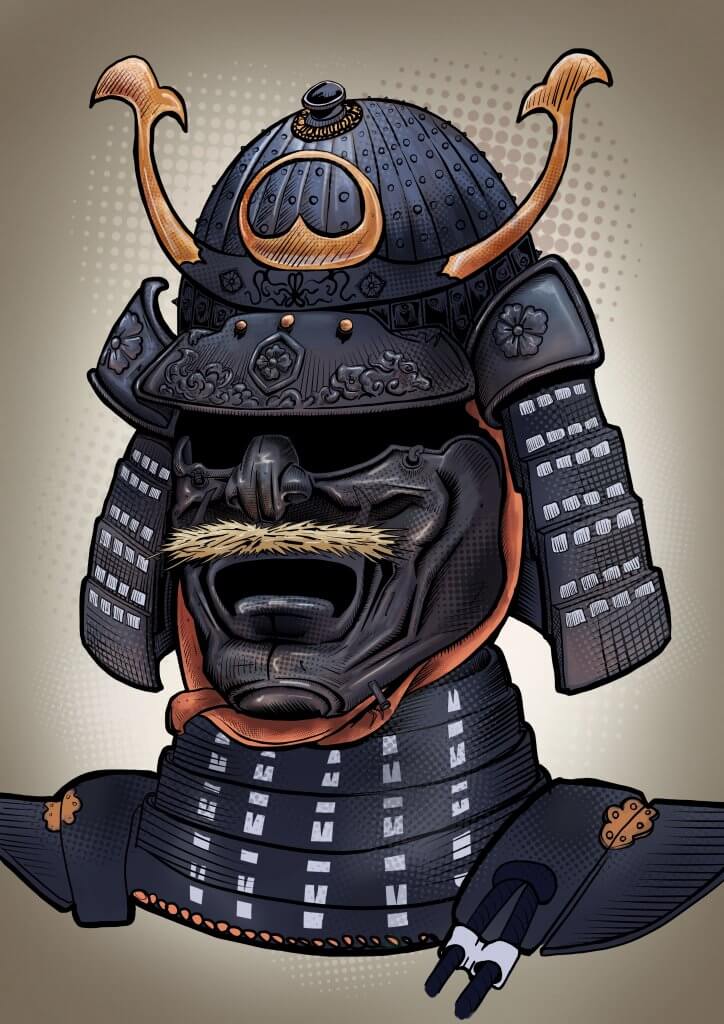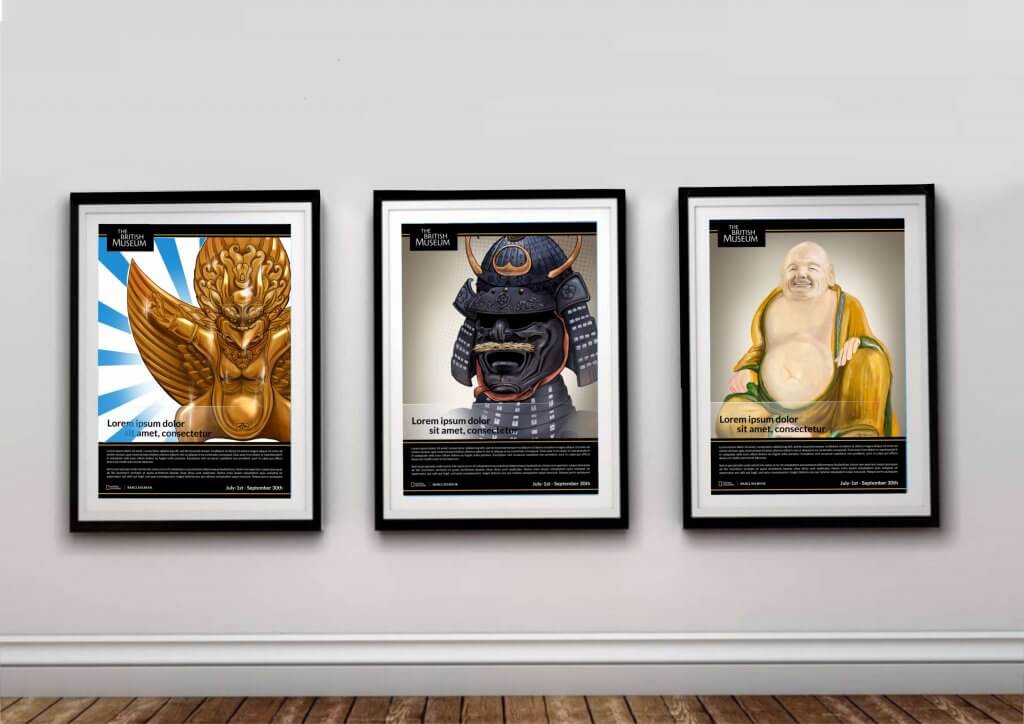In this exercise I was asked to create a set of instructions accompanied by visuals, I thought making tea would be an interesting one, I also wanted to settle the age old argument about when the milk goes in, this will hopefully clear it up.
I wanted to use one image and split it up into incremental steps, using numbers and clear text boxes, after some experimental thumbnails I opted for an isometric view like lego instructions or an exploded diagram.
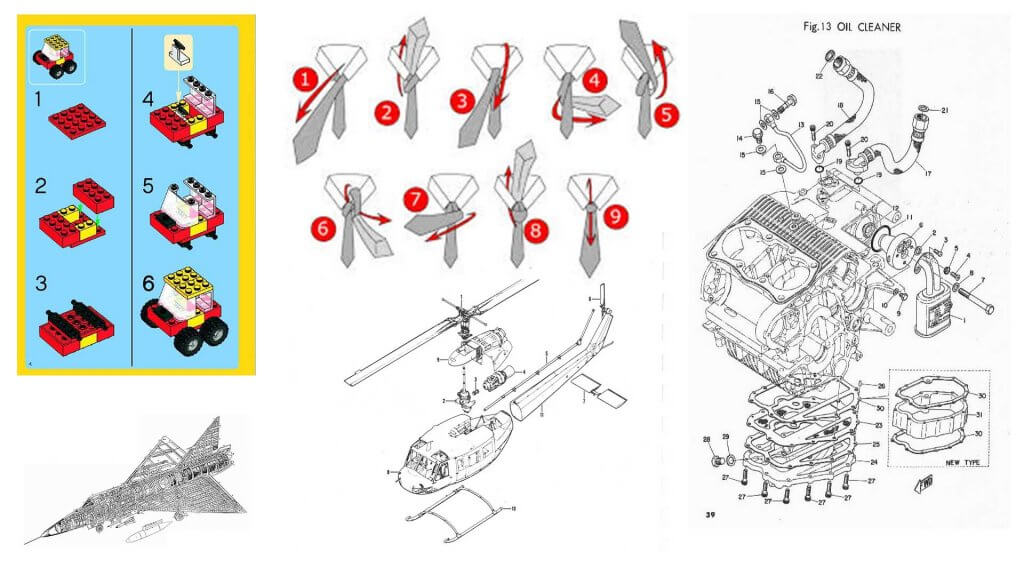
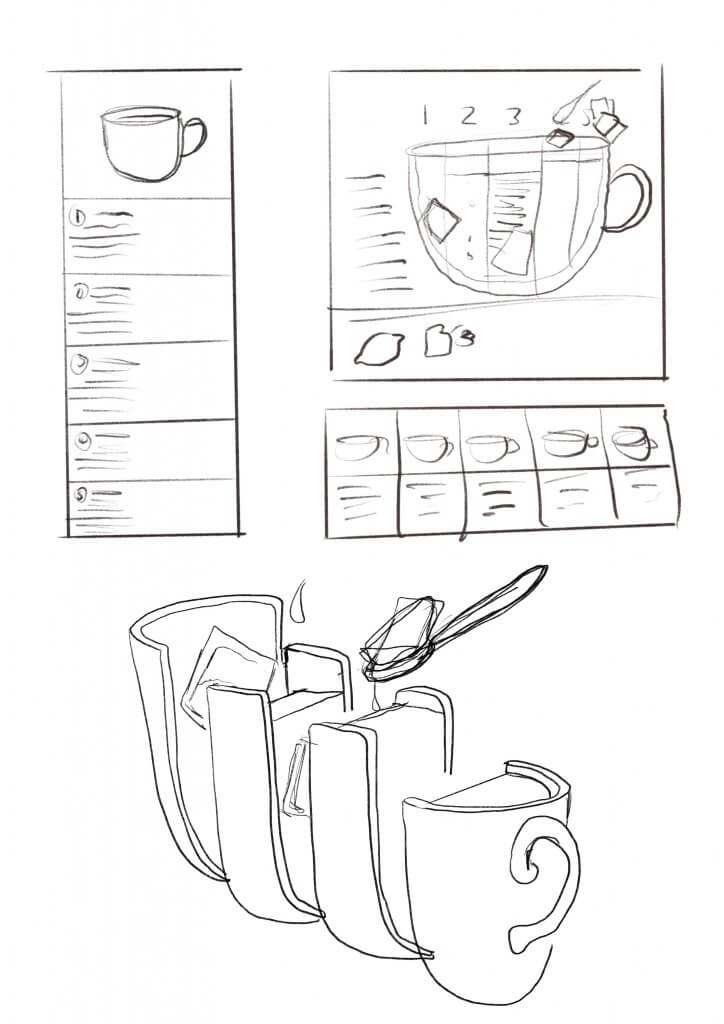
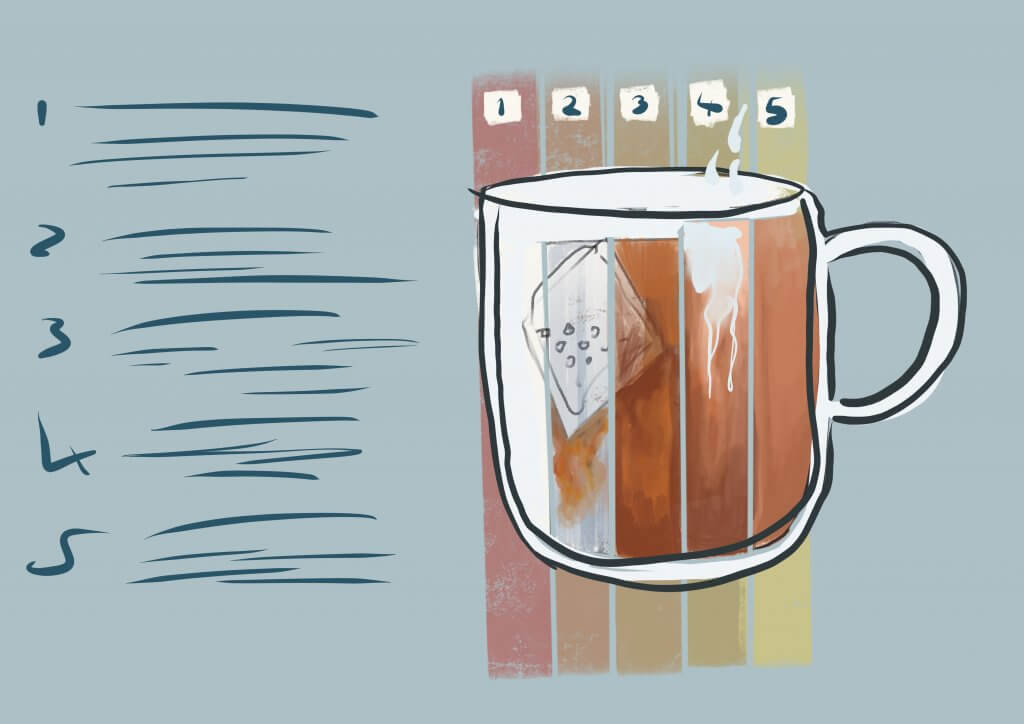
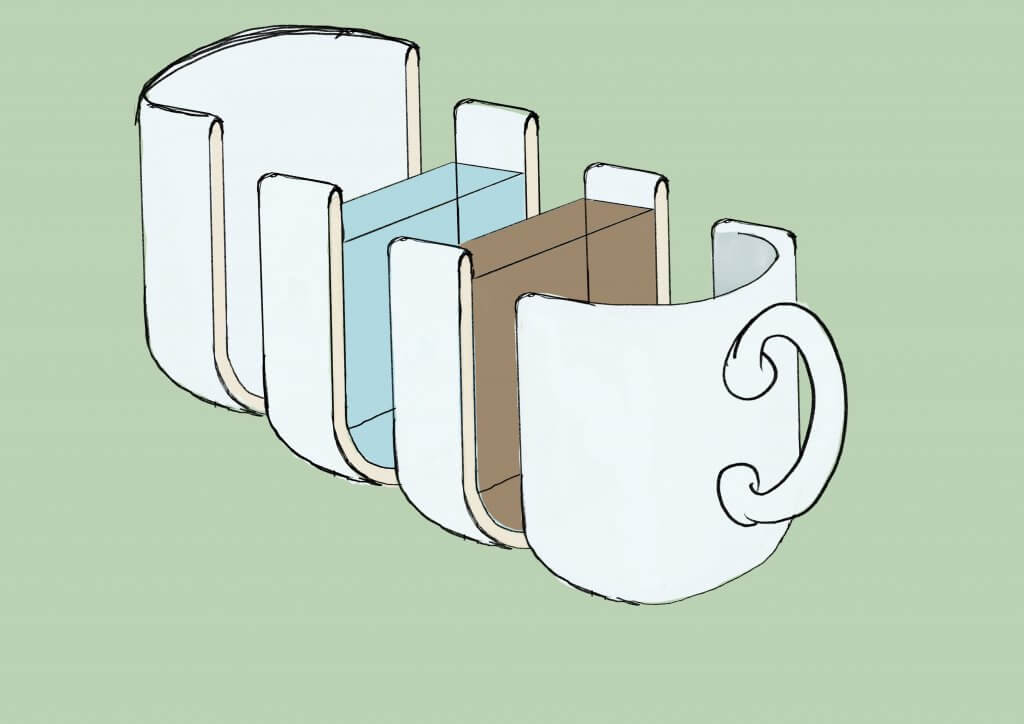
I broke it down into the simplest steps, I wanted it to be clear and easy to follow.
The top down and to the side view I chose did offer some challenges as the visuals while more interesting at this angle still needed to be descriptive, I had to consider the order I displayed the steps in so it was a functional diagram.
I used warm colours on the numbering to make sure they stood out from the diagram.
The style is playful, and not quite as clinical and detailed as a medical journal or Haynes manual, and not as CAD looking as a lego manual, which are colourful but offer little character beyond that. I feel the style I chose works in this context, its light and doesn’t patronise, my test group found it was straight forward and clear to follow.
I was thinking if I had picked playing an instrument or how to get to the house this would have called for a more direct no nonsense approach, I then considered who might be using it, a change in direction would have been led by my audience, if it was for children then this approach would have been intimidating to a youngster or too detailed to be able to focus on so the informal one would work.
Deciding on an audience wouldn’t be my decision to make, that would be a question to ask if it wasn’t clear in the brief, either way it certainly got me thinking about how to approach diagrams and was a good challenge that involved more communication than drawing.
